Clean eating focuses on whole, minimally processed foods that nourish the body and support steady energy. The ideas below show how small, practical changes can add up to a big difference in how you feel each day. Scan the list, pick a few to start, and build from there at a comfortable pace. Your plate—and your vitality—will thank you.
Contents
- 1. Begin Breakfast with Protein
- 2. Swap Sugary Cereals for Overnight Oats
- 3. Keep a Refillable Water Bottle Nearby
- 4. Fill Half Your Plate with Vegetables
- 5. Choose Whole Fruit over Juice
- 6. Batch-Cook Brown Rice or Quinoa
- 7. Snack on Raw Nuts and Seeds
- 8. Read Ingredient Lists, Not Just Labels
- 9. Cook with Herbs and Spices Instead of Excess Salt
- 10. Plan Meals Around Seasonal Produce
- 11. Use Smaller Plates to Encourage Reasonable Portions
- 12. Prepare Homemade Salad Dressings
- 13. Introduce Meatless Mondays
- 14. Opt for Plain Greek Yogurt Instead of Flavored Cups
- 15. Practice the “80/20” Balance
- 16. Choose Whole-Grain Bread Over White
- 17. Use Mashed Avocado in Place of Mayo
- 18. Roast a Tray of Veggies Each Weekend
- 19. Flavor Water with Fresh Herbs
- 20. Keep Healthy Snacks Visible
- 21. Limit Sugary Coffee Add-Ins
- 22. Stock Your Freezer with Frozen Vegetables
- 23. Enjoy Fruit for Dessert
- 24. Cook with Olive Oil Instead of Butter
- 25. Grill or Bake Rather Than Fry
- 26. Choose Dark Chocolate with 70% Cocoa or Higher
- 27. Try “Crowding In” Instead of Cutting Out
- 28. Add Chia or Flax to Smoothies
- 29. Eat Slowly and Mindfully
- 30. Season with Citrus Instead of Extra Salt
- 31. Follow the “Three-Color” Rule at Meals
- 32. Keep Sugary Sauces to One Tablespoon
- 33. Store Cut Veggies at Eye Level
- 34. Replace Soda with Sparkling Water
- 35. Use the “Palm, Fist, Thumb” Portion Guide
- 36. Swap Creamy Soups for Broth-Based Versions
- 37. Use Whole-Wheat Pasta
- 38. Top Sandwiches with Leafy Greens
- 39. Skip “Fat-Free” Products Loaded with Sugar
- 40. Enjoy Homemade Popcorn Instead of Chips
- 41. Include a Source of Healthy Fat at Every Meal
- 42. Marinate Proteins with Citrus and Herbs
- 43. Choose Plain Seltzer over Flavored Alcoholic Mixers
- 44. Mind Your Late-Night Snacks
- 45. Eat the Rainbow Over the Week
- 46. Pair Carbs with Protein or Fat
- 47. Keep Sugary Breakfast Pastries for Special Occasions
- 48. Rinse Canned Beans
- 49. Practice “Fridge Foraging” Before Shopping
- 50. Season Grains with Broth Instead of Water
- 51. Stick to One Plate at Buffets
- 52. Choose Steel-Cut Oats for a Heartier Texture
- 53. Rotate Your Greens
- 54. Flavor Coffee with Unsweetened Cocoa
- 55. Make Your Own Trail Mix
- 56. Opt for Grilled Fish Twice a Week
- 57. Focus on Food, Not Numbers
- 58. Choose Plain Nut Butter
- 59. Replace Sugary Yogurt Parfaits with Fruit & Cottage Cheese
- 60. Grow Fresh Herbs on a Windowsill
- 61. Flavor Greek Yogurt as a Sour Cream Swap
- 62. Practice Sunday Meal Planning
- 63. Choose Unsweetened Plant Milks
- 64. Blend Vegetables into Sauces
- 65. Celebrate Progress, Not Perfection
1. Begin Breakfast with Protein
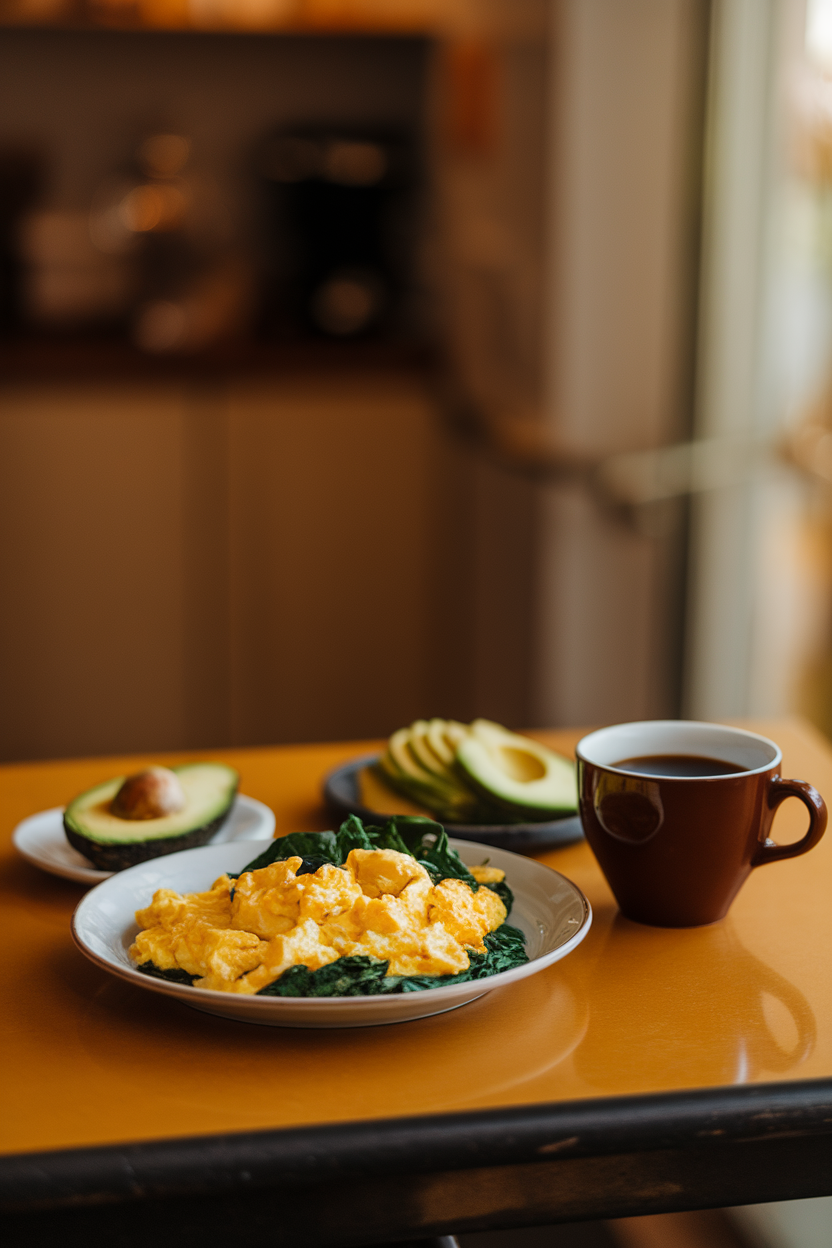
Starting the morning with protein steadies blood sugar and keeps mid-morning hunger at bay. Eggs, Greek yogurt, or cottage cheese pair well with fruit or vegetables for extra fiber. Aim for at least 15 grams of protein to set a balanced tone for the day.
2. Swap Sugary Cereals for Overnight Oats
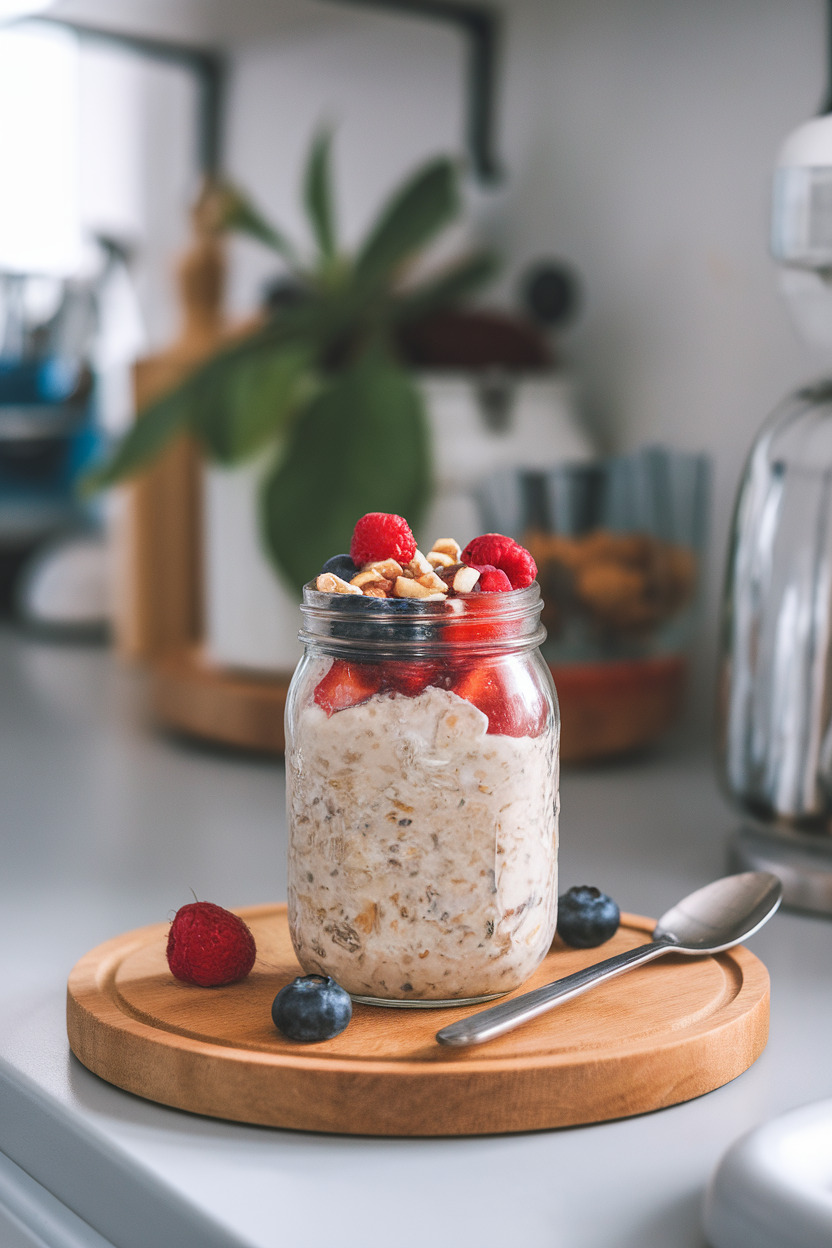
Overnight oats soak up milk or a milk alternative while you sleep, saving time in the morning. Rolled oats, chia seeds, and a touch of cinnamon add slow-burning carbs and omega-3s. Sweeten naturally with fruit instead of refined sugar.
3. Keep a Refillable Water Bottle Nearby
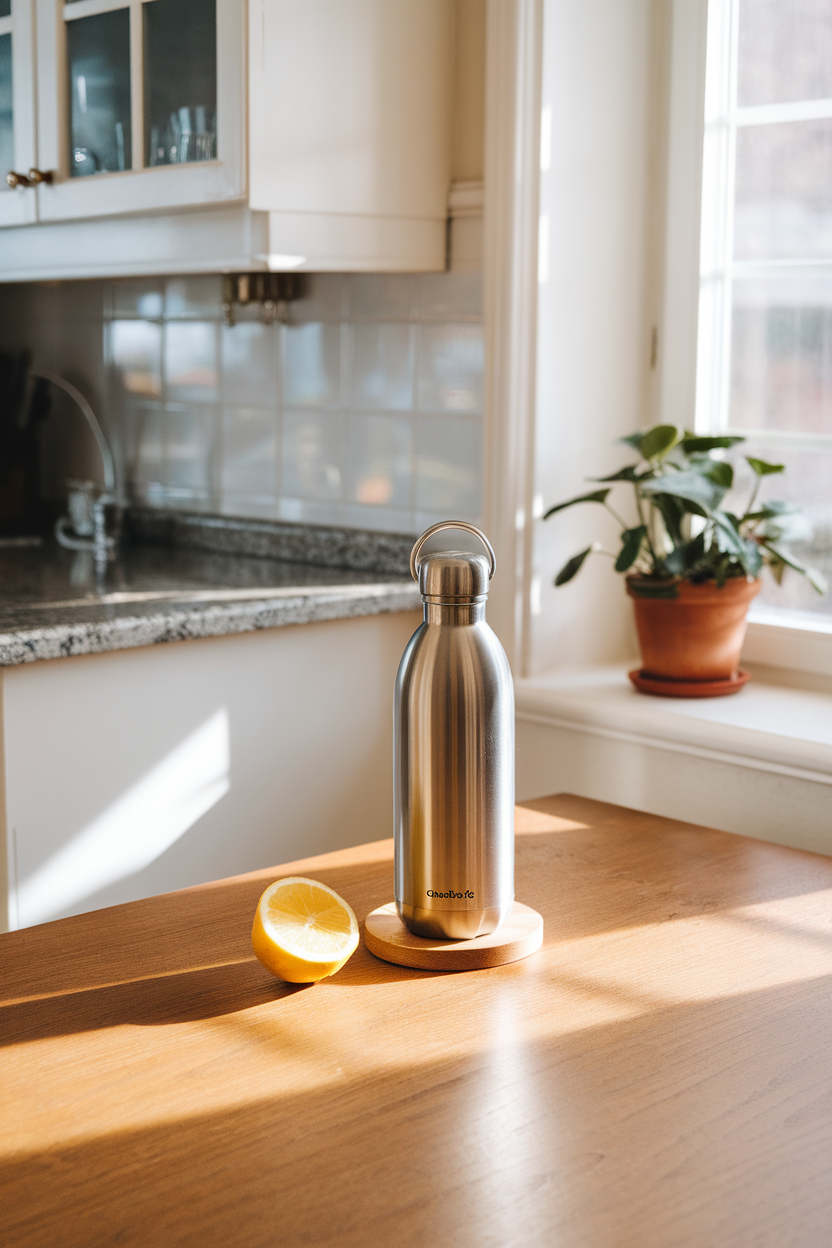
Proper hydration supports digestion, concentration, and energy. Fill a bottle each morning and set reminders to sip throughout the day. Adding a lemon slice or cucumber ribbons offers a light, refreshing flavor without sugar.
4. Fill Half Your Plate with Vegetables
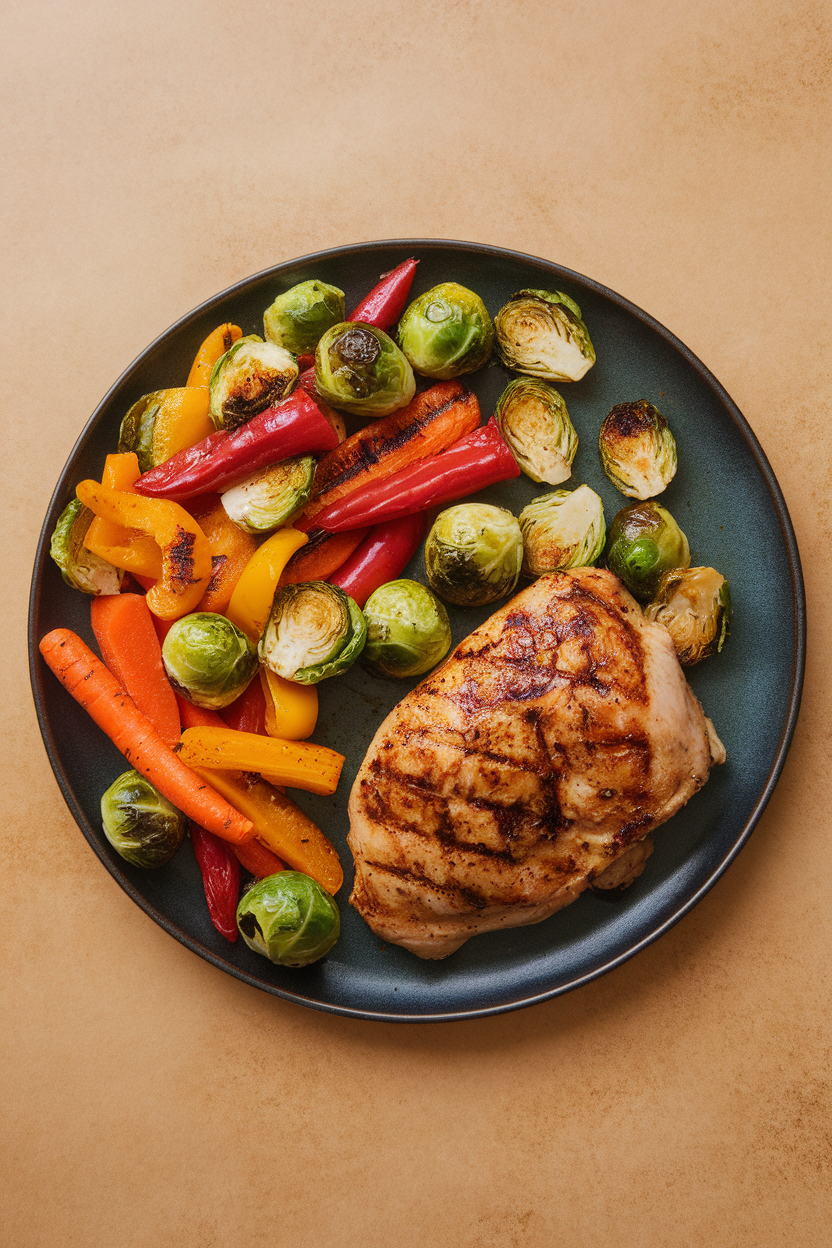
Colorful vegetables deliver fiber, vitamins, and antioxidants while crowding out less-nutritious items. Roasting, steaming, or sautéing with olive oil brings out natural sweetness. Strive for a rainbow to cover different nutrient needs.
5. Choose Whole Fruit over Juice
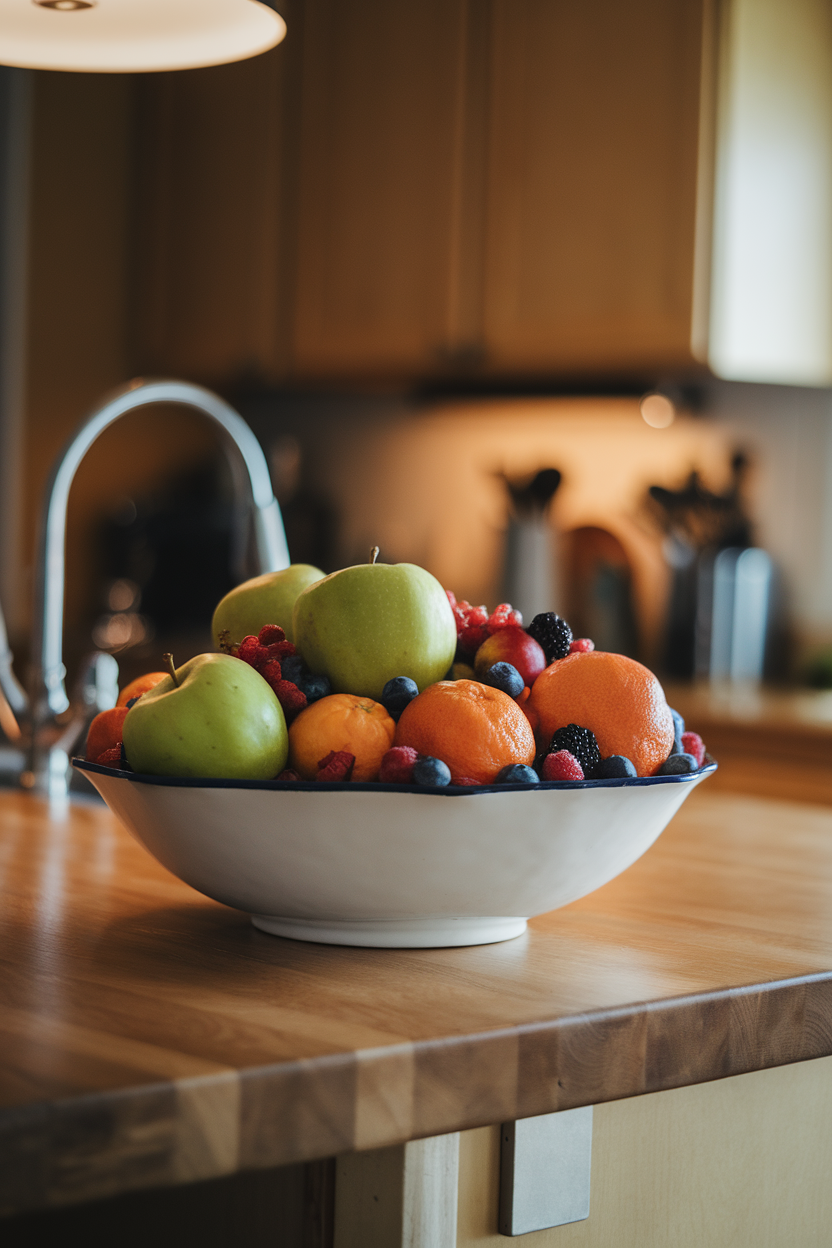
Fruit juice concentrates sugar and removes filling fiber. Eating the whole fruit slows sugar absorption and boosts satiety. If you crave juice, dilute it with water and limit the portion.
6. Batch-Cook Brown Rice or Quinoa

Having cooked grains ready makes weekday meals faster and healthier. Store portions in the fridge for up to four days or freeze flat in zip bags. Use them in bowls, salads, and stir-fries to add fiber and minerals.
7. Snack on Raw Nuts and Seeds

Nuts and seeds supply healthy fats and protein that tame afternoon cravings. Keep servings to a small handful to manage calories. Opt for unsalted varieties to keep sodium in check.
8. Read Ingredient Lists, Not Just Labels
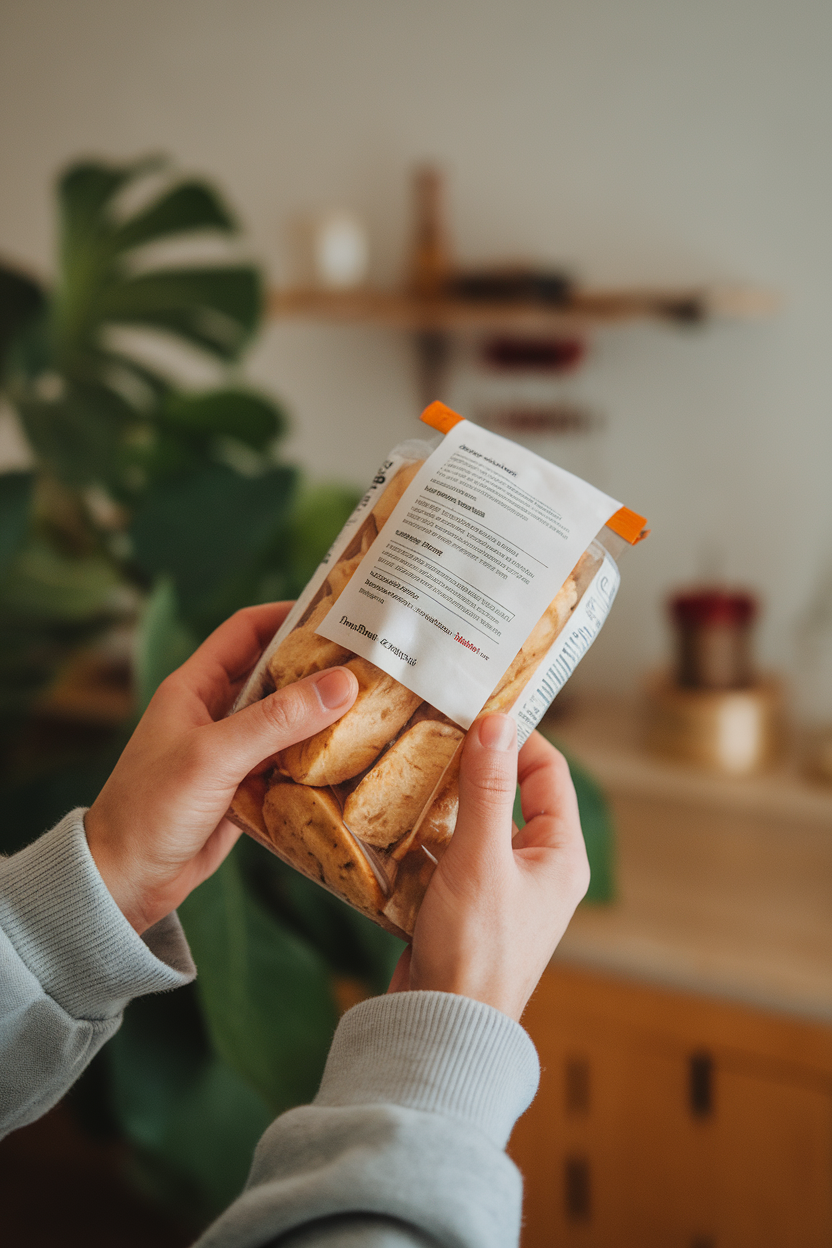
Marketing terms can be misleading, so flip packages over and scan the ingredients. A shorter list with familiar foods usually signals less processing. If sugar or hydrogenated oils appear high on the list, seek a cleaner option.
9. Cook with Herbs and Spices Instead of Excess Salt
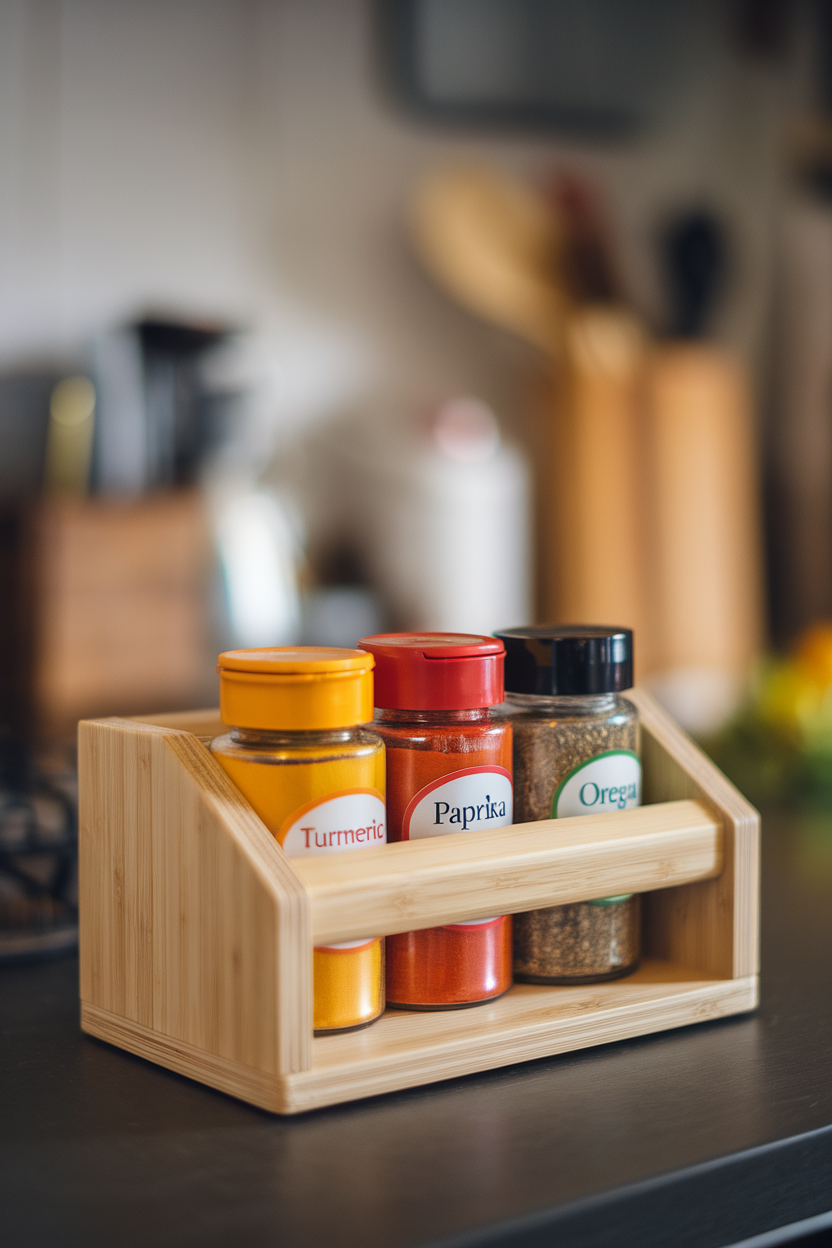
Herbs and spices add depth without raising sodium. Experiment with rosemary on potatoes, cumin in stews, or fresh basil on pasta. Your palate will adapt quickly, and your blood pressure may benefit.
10. Plan Meals Around Seasonal Produce
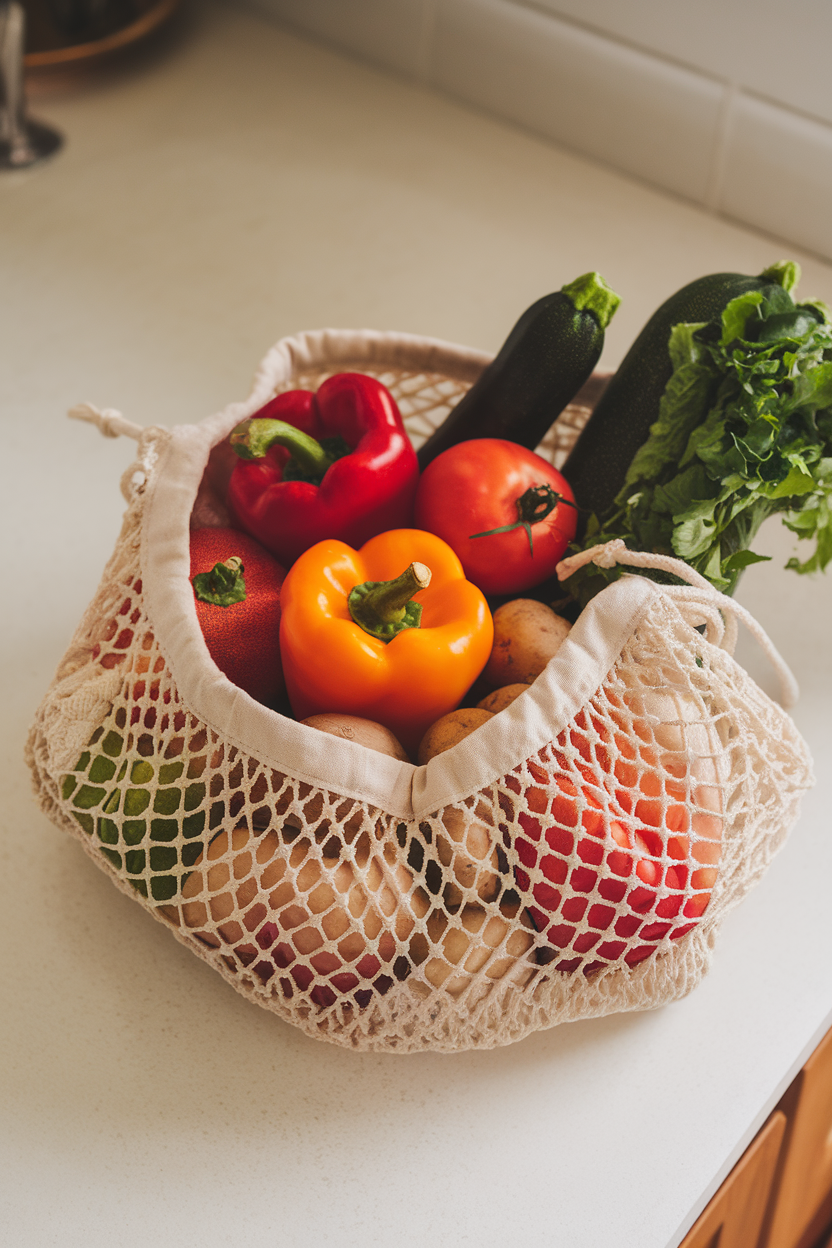
Seasonal produce tastes better, often costs less, and travels fewer miles to your plate. Check your local market’s calendar for what’s ripe now. Building meals around these items keeps menus varied and nutrient-dense.
11. Use Smaller Plates to Encourage Reasonable Portions
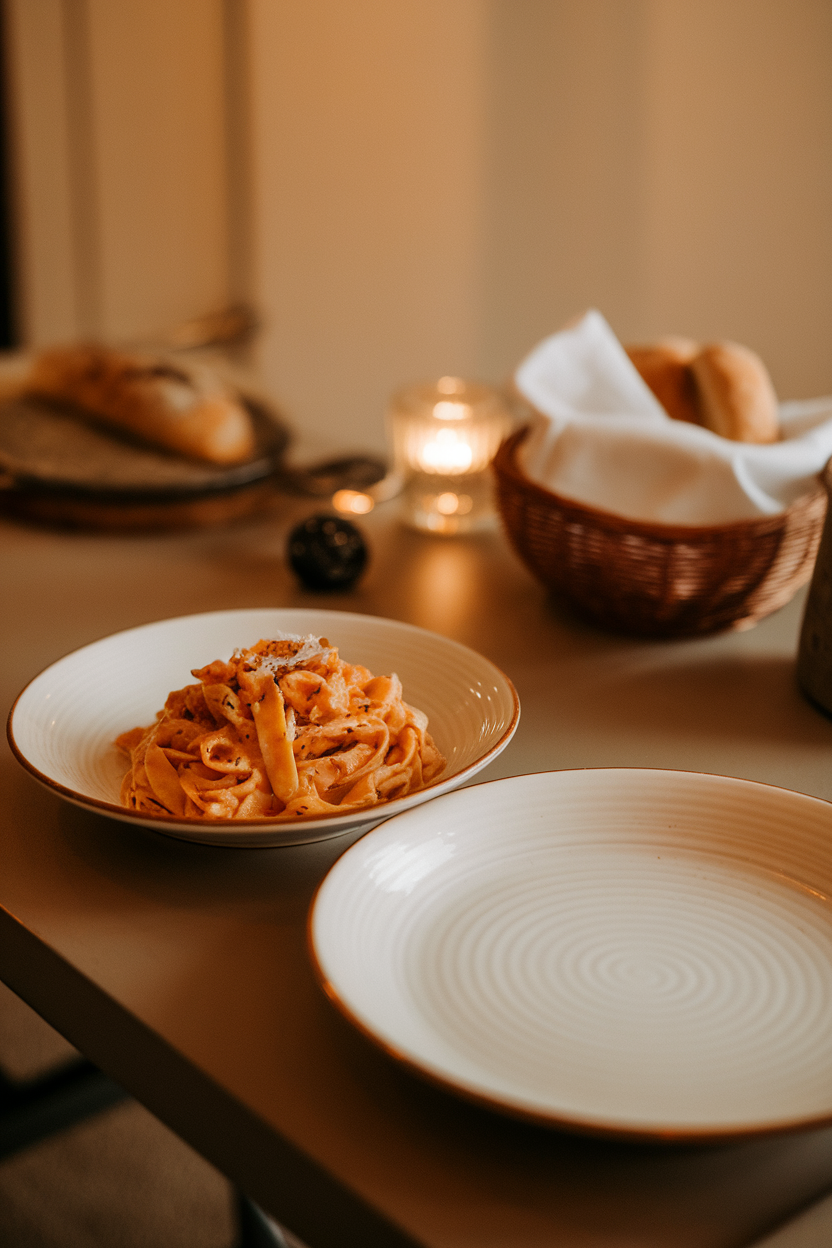
Visual cues influence how much we eat. Smaller plates make normal portions look generous, which can prevent overeating. Combine this with mindful eating for a simple portion-control strategy.
12. Prepare Homemade Salad Dressings
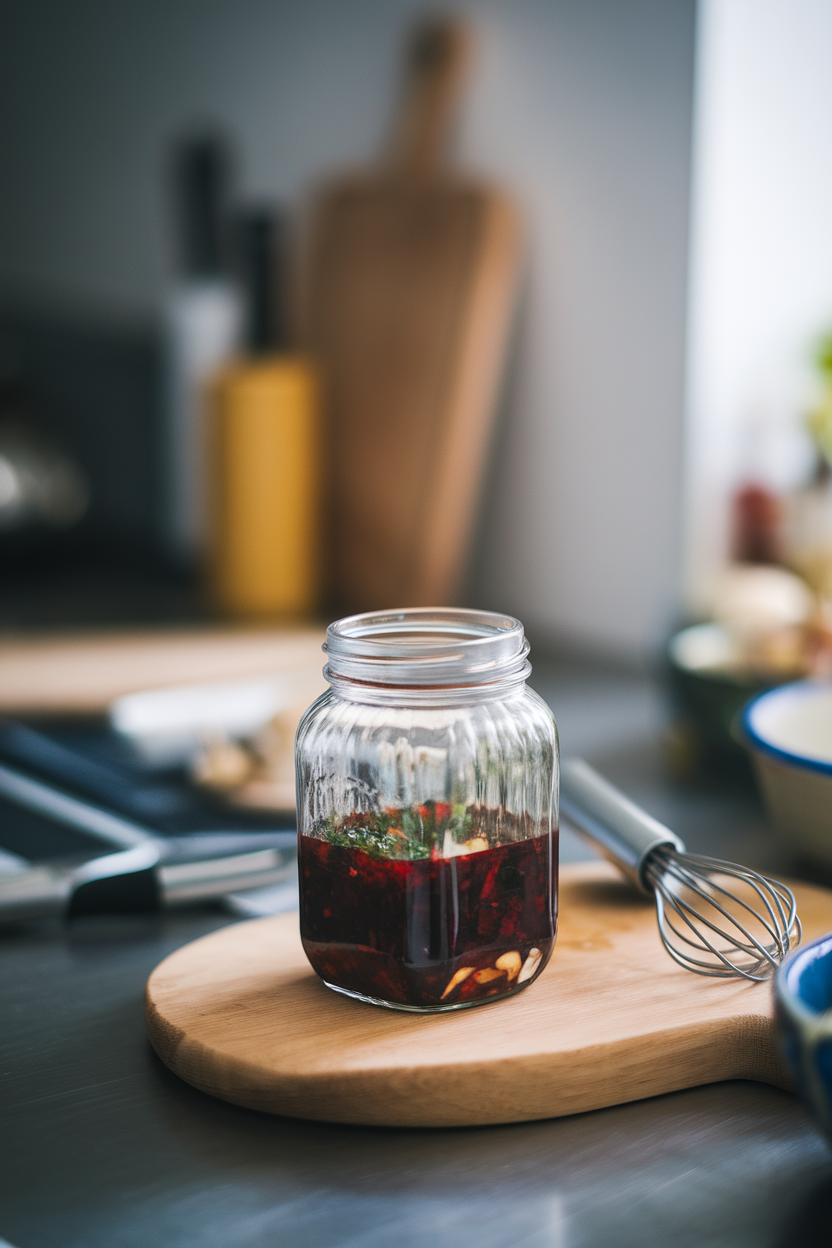
Bottled dressings often pack added sugar, sodium, and preservatives. A quick blend of olive oil, vinegar, mustard, and spices takes minutes and stores for a week. Adjust acidity and sweetness to your preference while keeping ingredients clean.
13. Introduce Meatless Mondays

One meat-free day eases saturated fat intake and highlights plant-based proteins. Lentils, beans, and tofu offer iron and amino acids. You’ll discover new recipes and lighten your environmental footprint, too.
14. Opt for Plain Greek Yogurt Instead of Flavored Cups
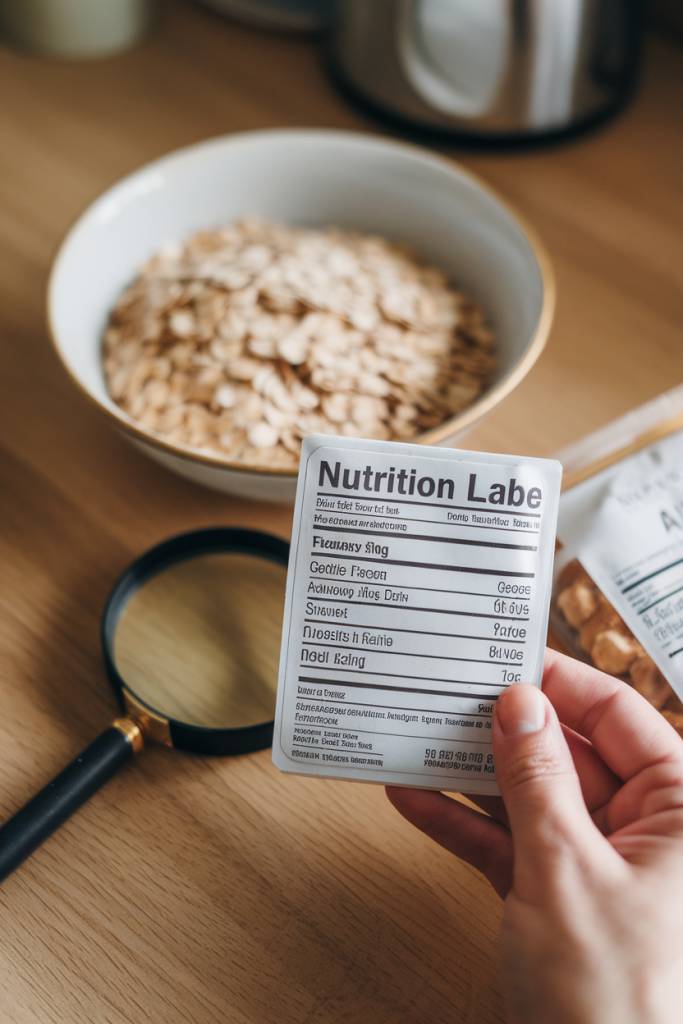
Flavored yogurts often hide more sugar than ice cream. Plain Greek yogurt delivers twice the protein with minimal carbs. Sweeten naturally with fruit, a drizzle of honey, or a sprinkle of cinnamon.
15. Practice the “80/20” Balance
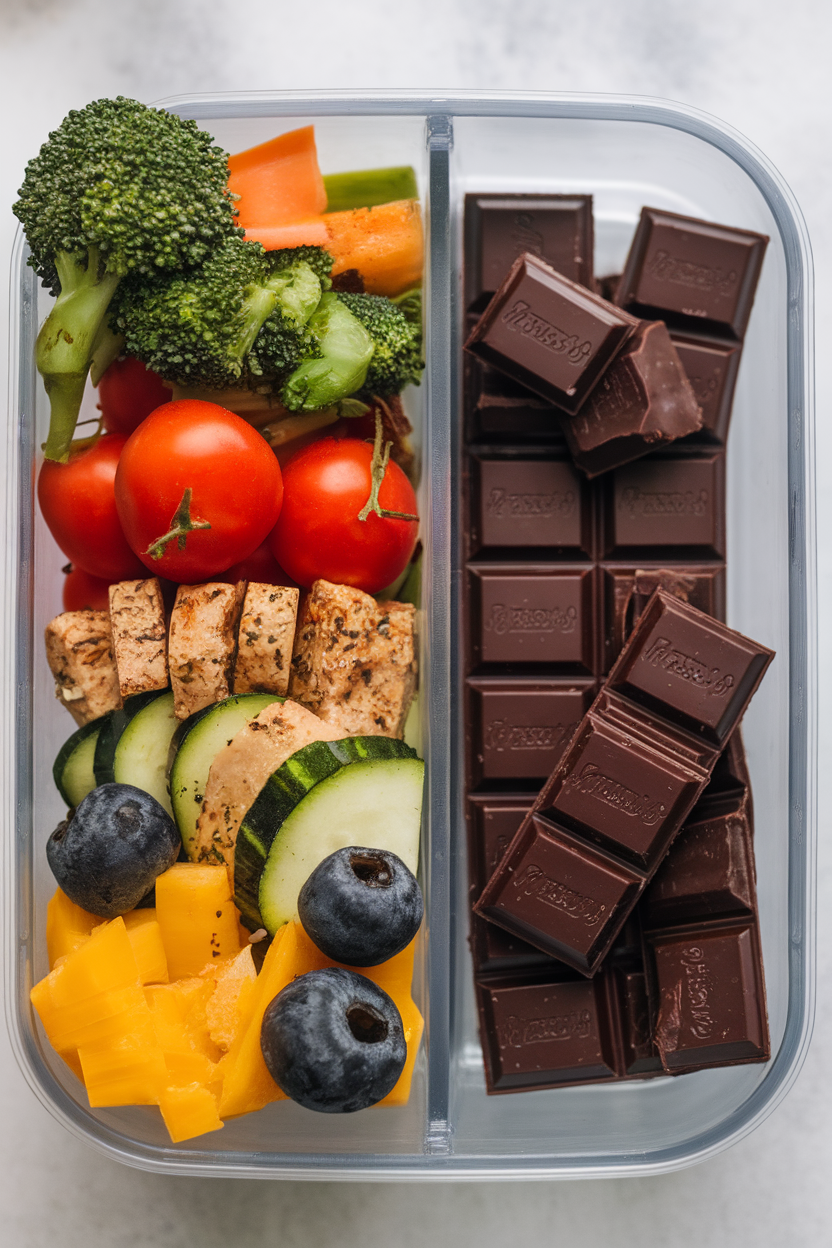
Aim for wholesome choices most of the time and allow small indulgences. This flexible mindset reduces guilt and helps habits stick. Enjoy treats mindfully instead of feeling deprived.
16. Choose Whole-Grain Bread Over White
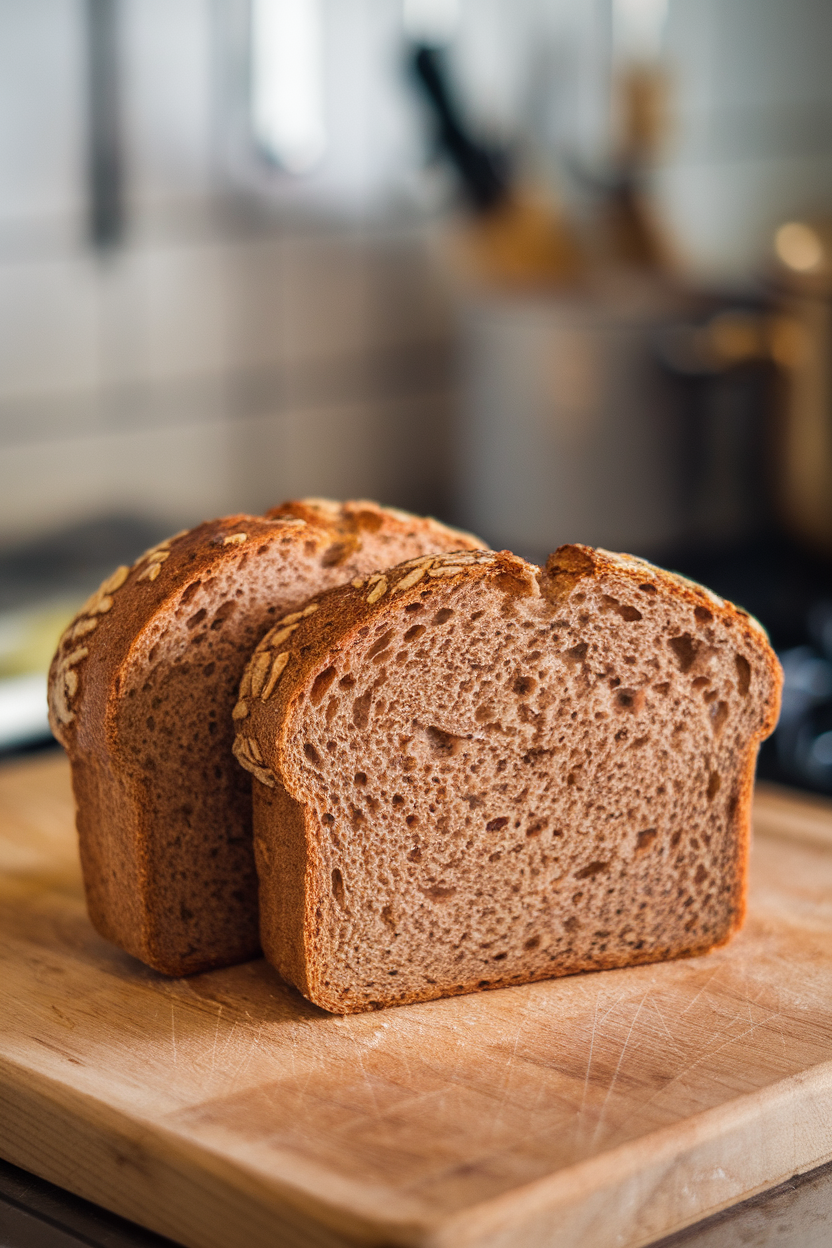
Whole grains retain fiber and B-vitamins that refined flour loses. Fiber slows digestion, keeping energy levels steady. Look for “100% whole wheat” or sprouted grains as the first ingredient.
17. Use Mashed Avocado in Place of Mayo
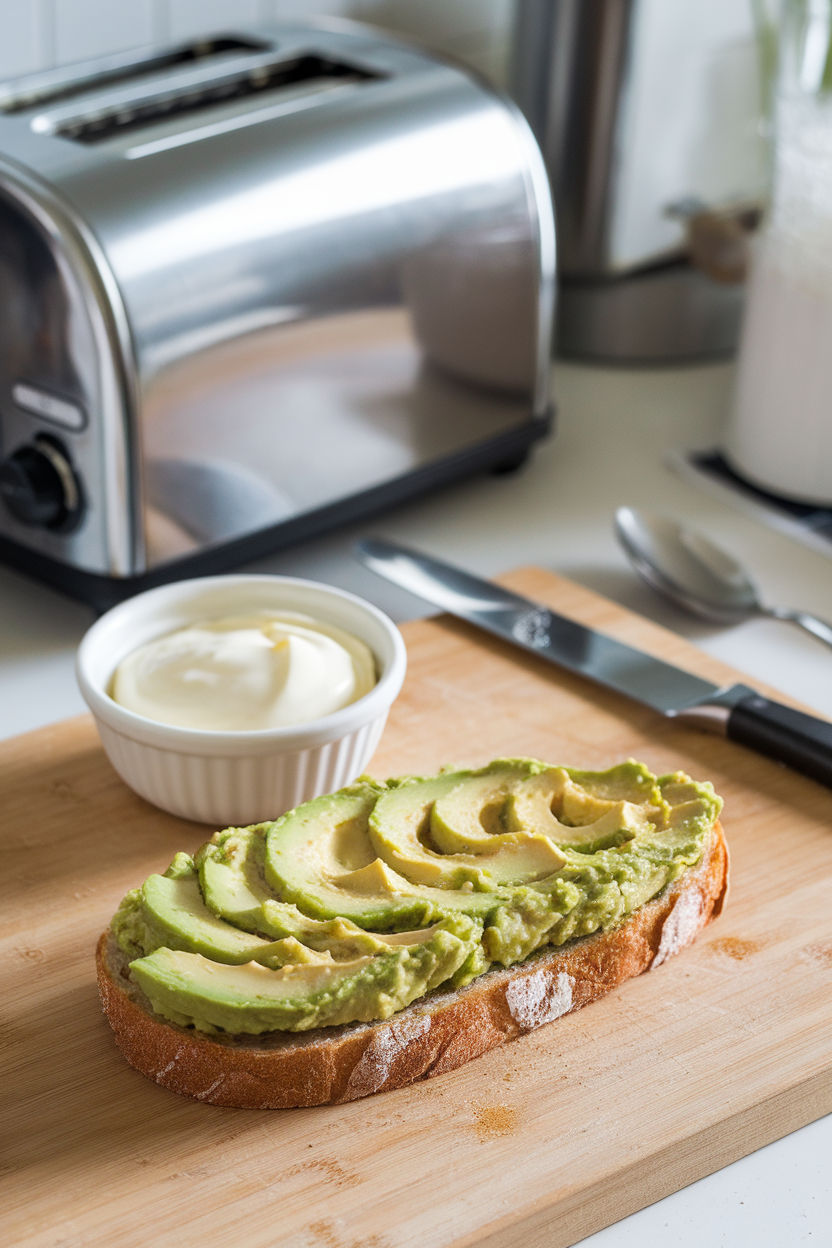
Avocado lends creamy texture plus heart-healthy monounsaturated fats. Spread it on sandwiches or mix into tuna salad for a fresh twist. The subtle flavor pairs well with citrus and herbs.
18. Roast a Tray of Veggies Each Weekend
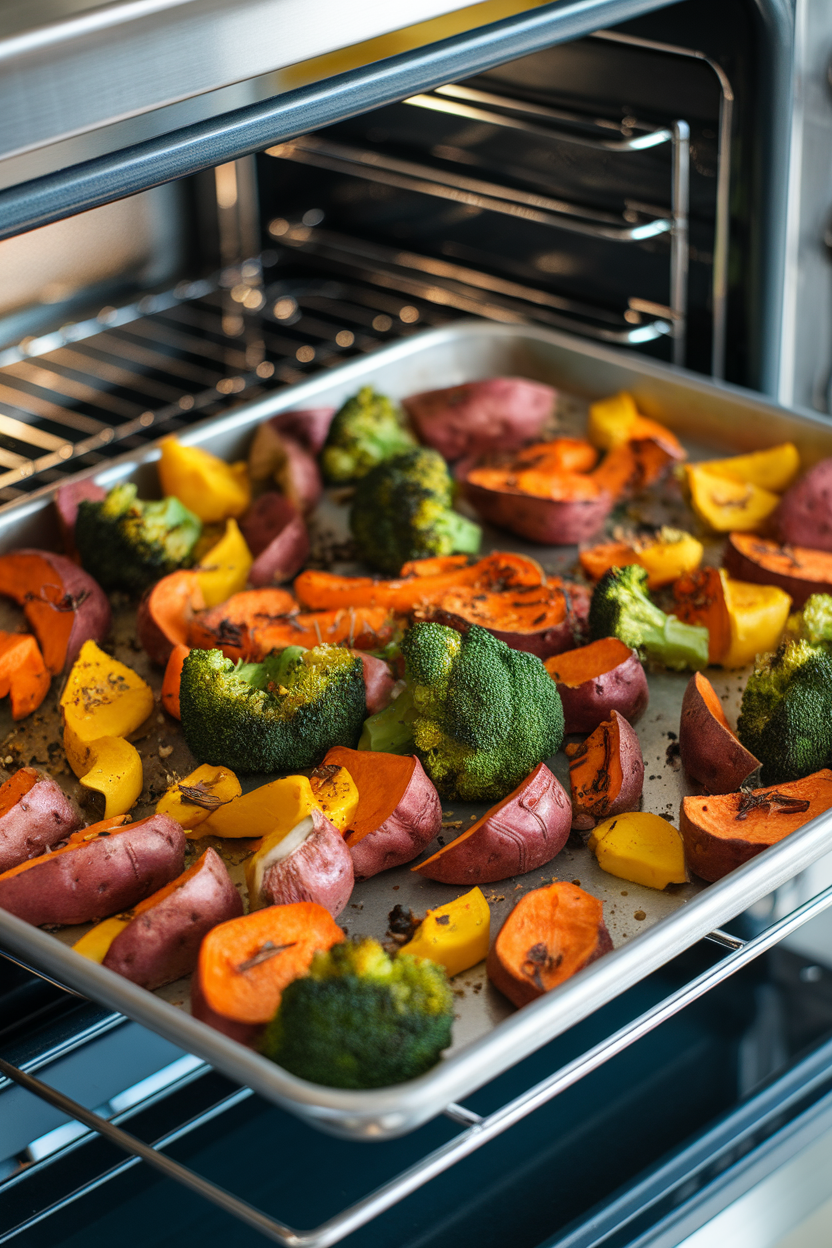
Baking vegetables at high heat caramelizes their natural sugars and boosts flavor. Store roasted veggies in glass containers for quick add-ins all week. They reheat well and elevate salads, wraps, and grain bowls.
19. Flavor Water with Fresh Herbs
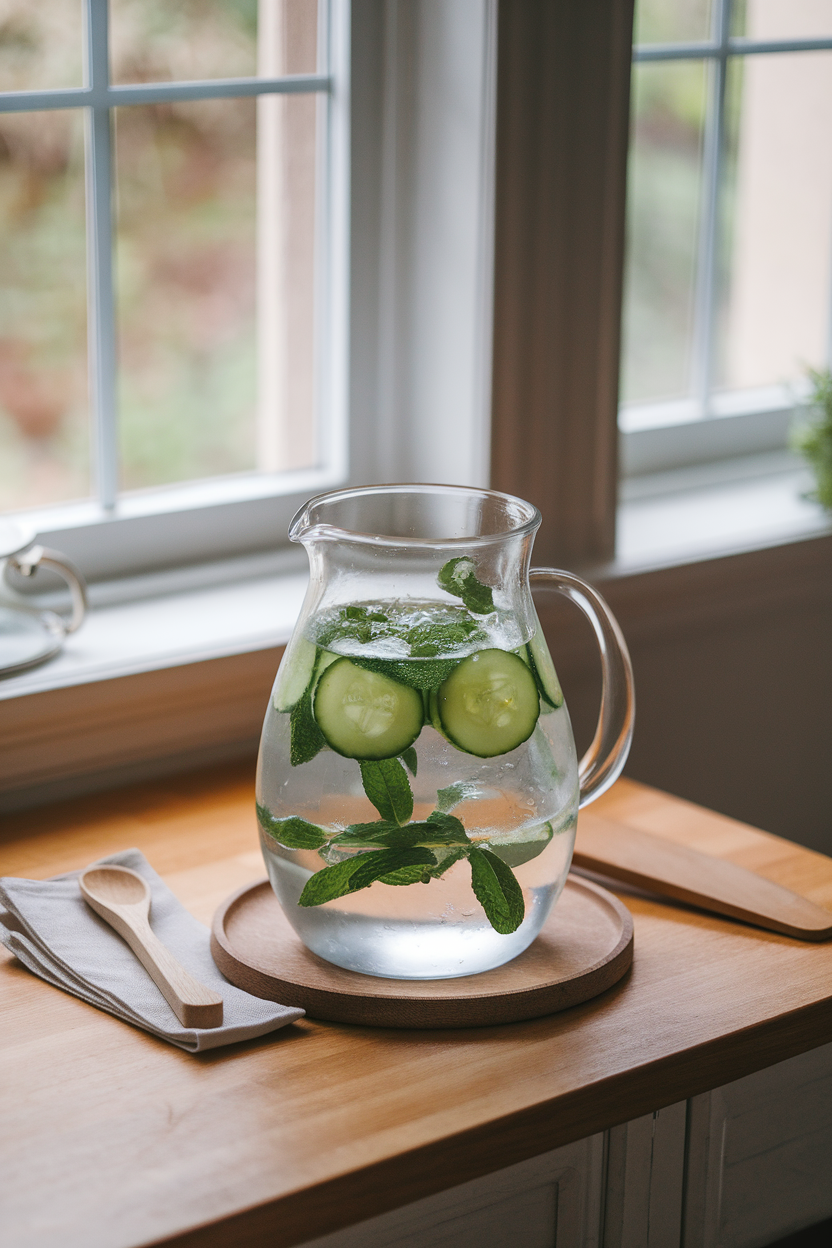
Infusing water with herbs and fruit encourages steady sipping. Mint, basil, and rosemary impart subtle aromas without calories. Let the mixture chill for at least an hour for best taste.
20. Keep Healthy Snacks Visible
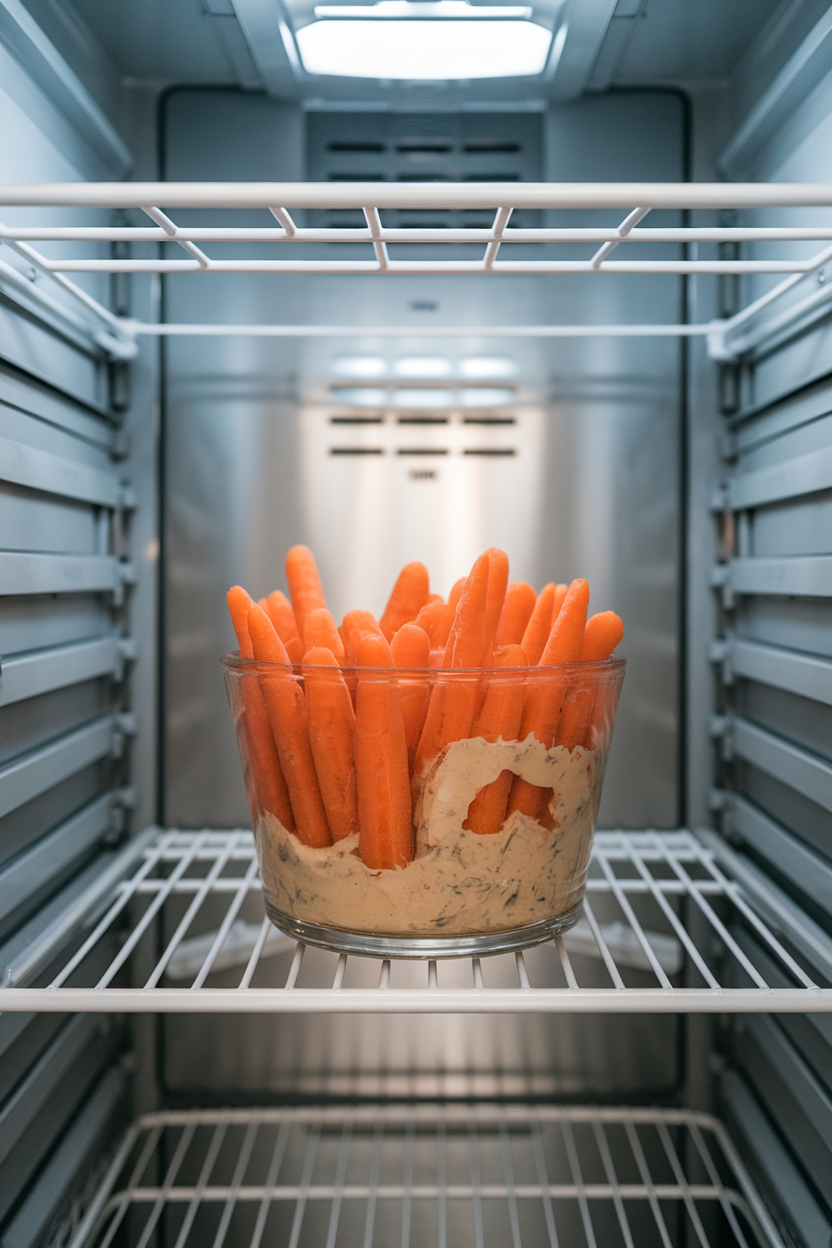
Out of sight often means out of mind. Place washed produce or portioned nuts at eye level so they’re the first thing you see. Tuck less-nutritious foods in opaque containers toward the back.
21. Limit Sugary Coffee Add-Ins

Flavored syrups can transform coffee into dessert. Try cinnamon, vanilla extract, or unsweetened cocoa for taste without excess sugar. Gradually cut back sweetness to let the coffee’s natural notes shine.
22. Stock Your Freezer with Frozen Vegetables
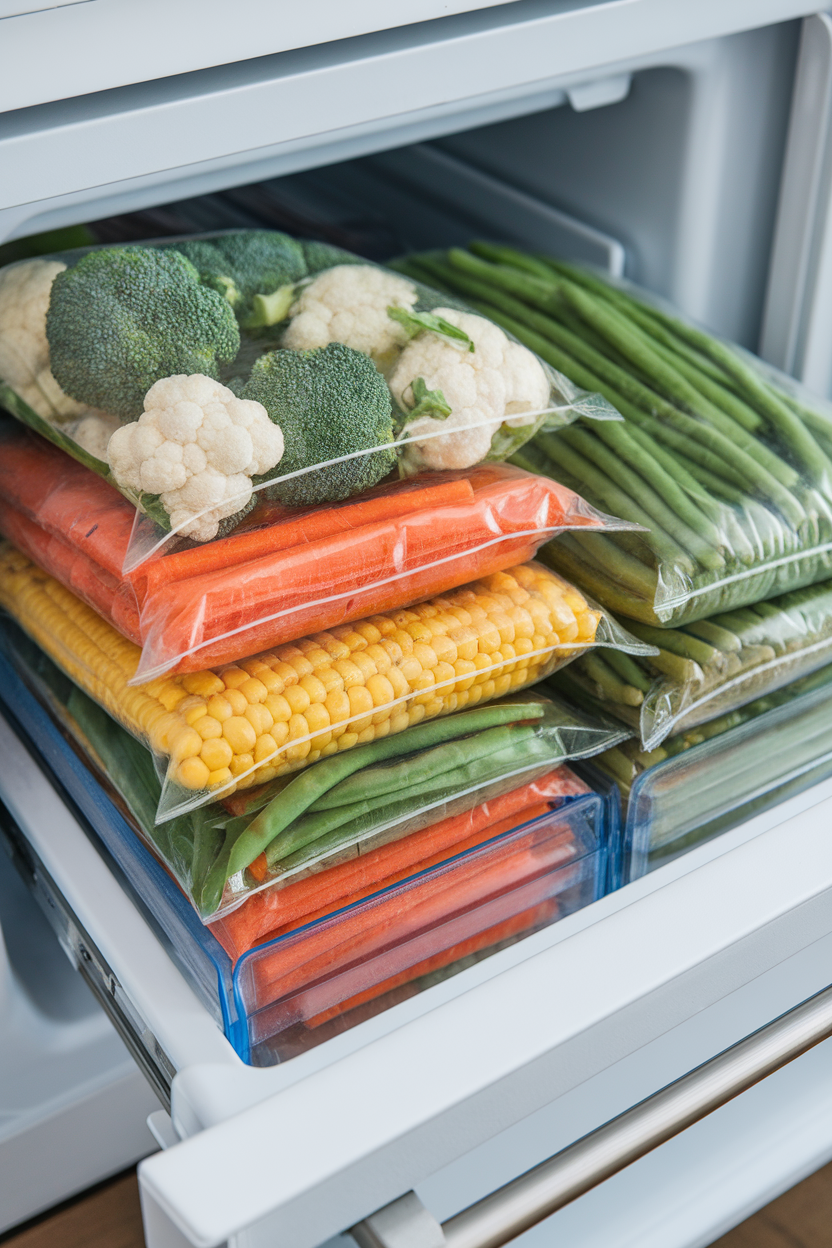
Frozen veggies are flash-frozen at peak ripeness, locking in nutrients. They’re perfect when fresh produce runs low. Toss them into soups, stir-fries, or omelets with no chopping required.
23. Enjoy Fruit for Dessert
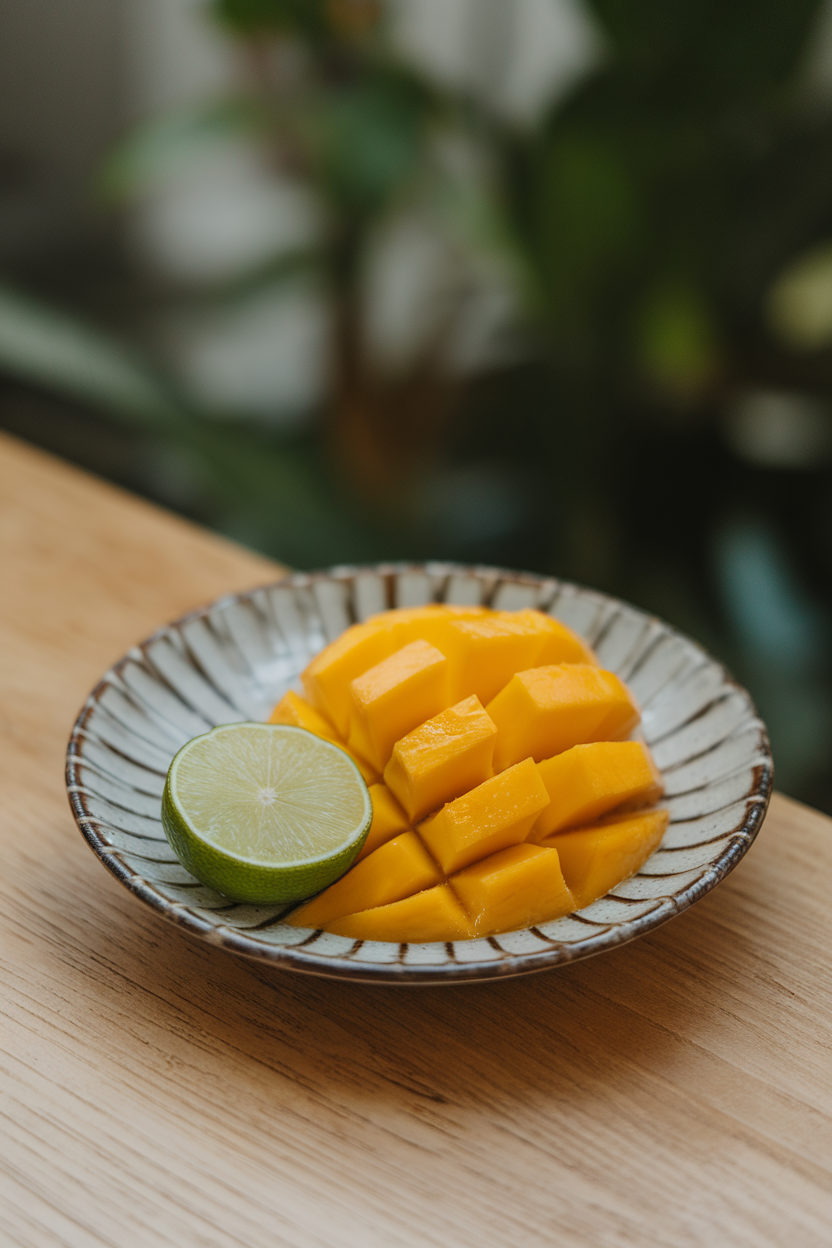
Naturally sweet fruit satisfies cravings without refined sugar. Pair with yogurt or a sprinkle of toasted nuts for texture. Over time, your taste buds will prefer fruit’s authentic sweetness.
24. Cook with Olive Oil Instead of Butter

Olive oil offers heart-friendly monounsaturated fats and antioxidants. Use it for medium-heat cooking or salad dressings. For high-heat dishes, reach for avocado or grapeseed oil to prevent smoking.
25. Grill or Bake Rather Than Fry

Dry-heat methods require less added fat and preserve nutrients. Baking, broiling, or grilling also creates delicious caramelized edges. A light brush of oil and spices is all you need for full flavor.
26. Choose Dark Chocolate with 70% Cocoa or Higher

Higher-cocoa chocolate contains less sugar and more antioxidants. Savor a square slowly to satisfy sweet cravings. Pair with berries or nuts for an elegant yet wholesome treat.
27. Try “Crowding In” Instead of Cutting Out
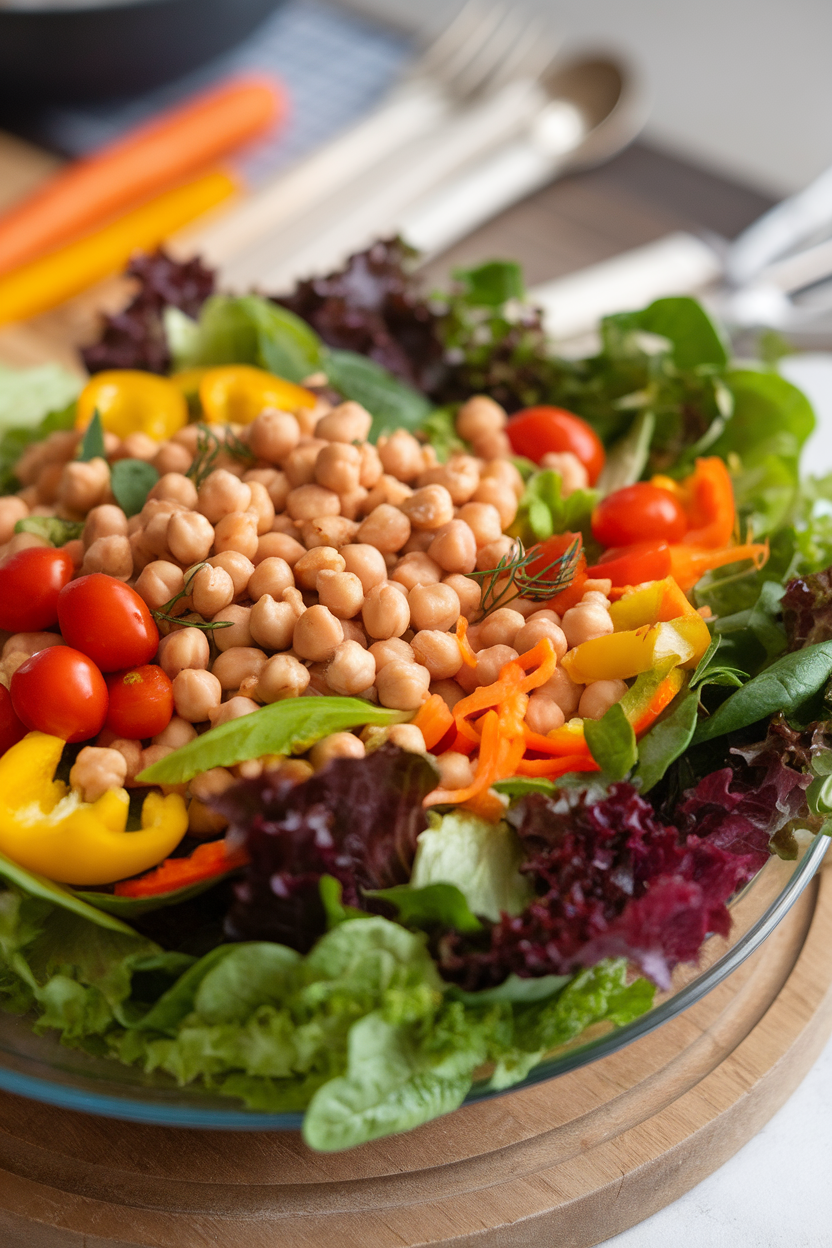
Adding nutrient-rich foods naturally leaves less room for processed options. Focus on piling your plate with plants, lean proteins, and whole grains. Over time, cravings for less nutritious foods fade without feeling restricted.
28. Add Chia or Flax to Smoothies
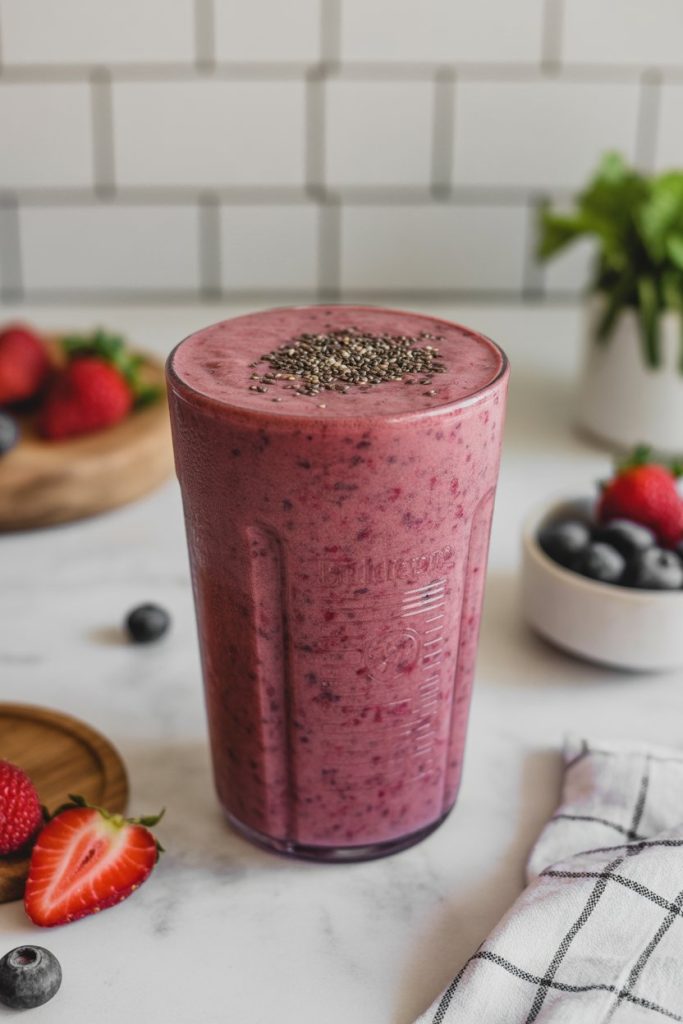
Both seeds add omega-3 fats and fiber that support heart health and satiety. They blend seamlessly into smoothies and thicken drinks naturally. One tablespoon is plenty to boost nutrition.
29. Eat Slowly and Mindfully

Taking time to chew and savor enhances digestion and signals fullness sooner. Put utensils down between bites and notice flavors and textures. Meals become more satisfying with the same amount of food.
30. Season with Citrus Instead of Extra Salt

Acidic brightness from lemon or lime awakens flavors, allowing you to reduce sodium. A splash of vinegar or orange zest works similarly. Your taste buds adjust quickly to lower salt levels.
31. Follow the “Three-Color” Rule at Meals
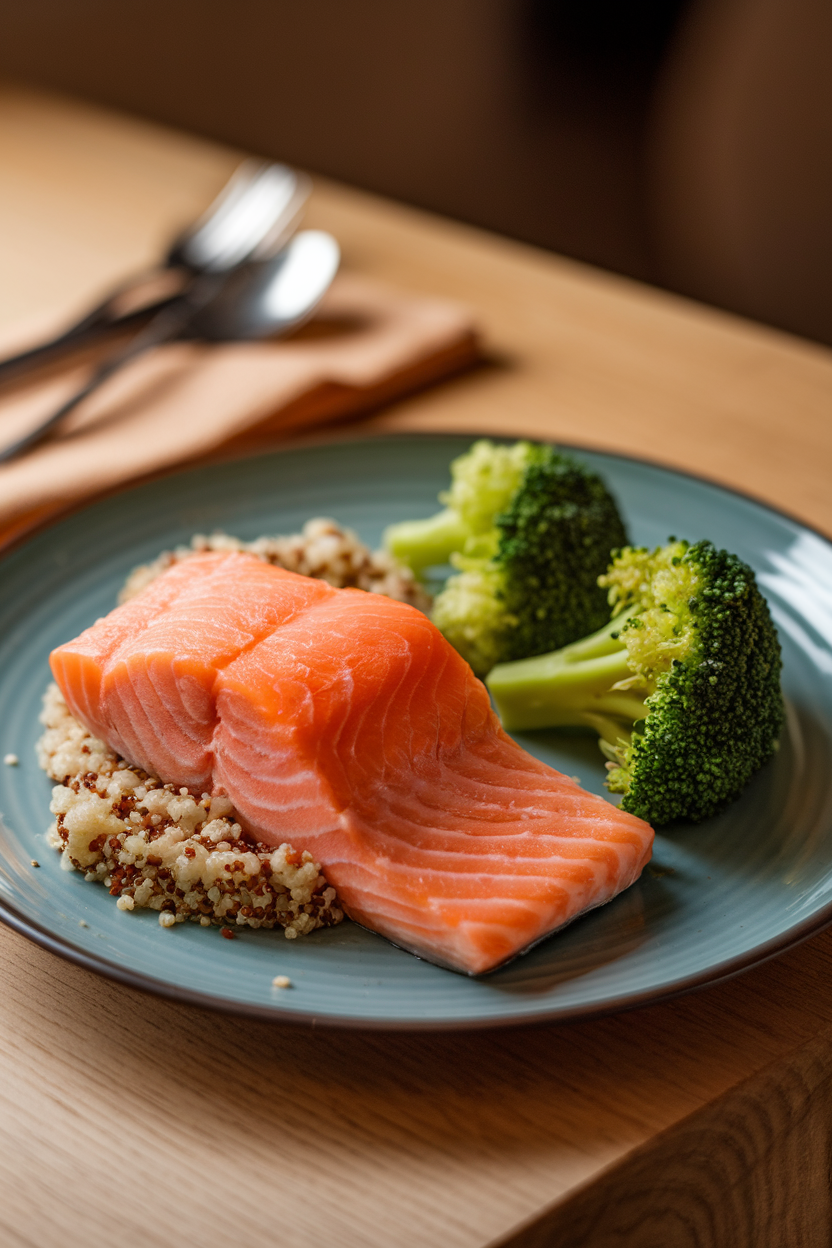
Aiming for at least three colors ensures varied nutrients and visual appeal. Natural shades from produce, whole grains, and proteins make plates more enticing. It’s a simple trick for balanced, lively meals.
32. Keep Sugary Sauces to One Tablespoon

Condiments like ketchup and sweet chili sauce can quietly add excess sugar. Measure instead of pouring freely to stay aware of intake. Seek low-sugar versions when possible.
33. Store Cut Veggies at Eye Level
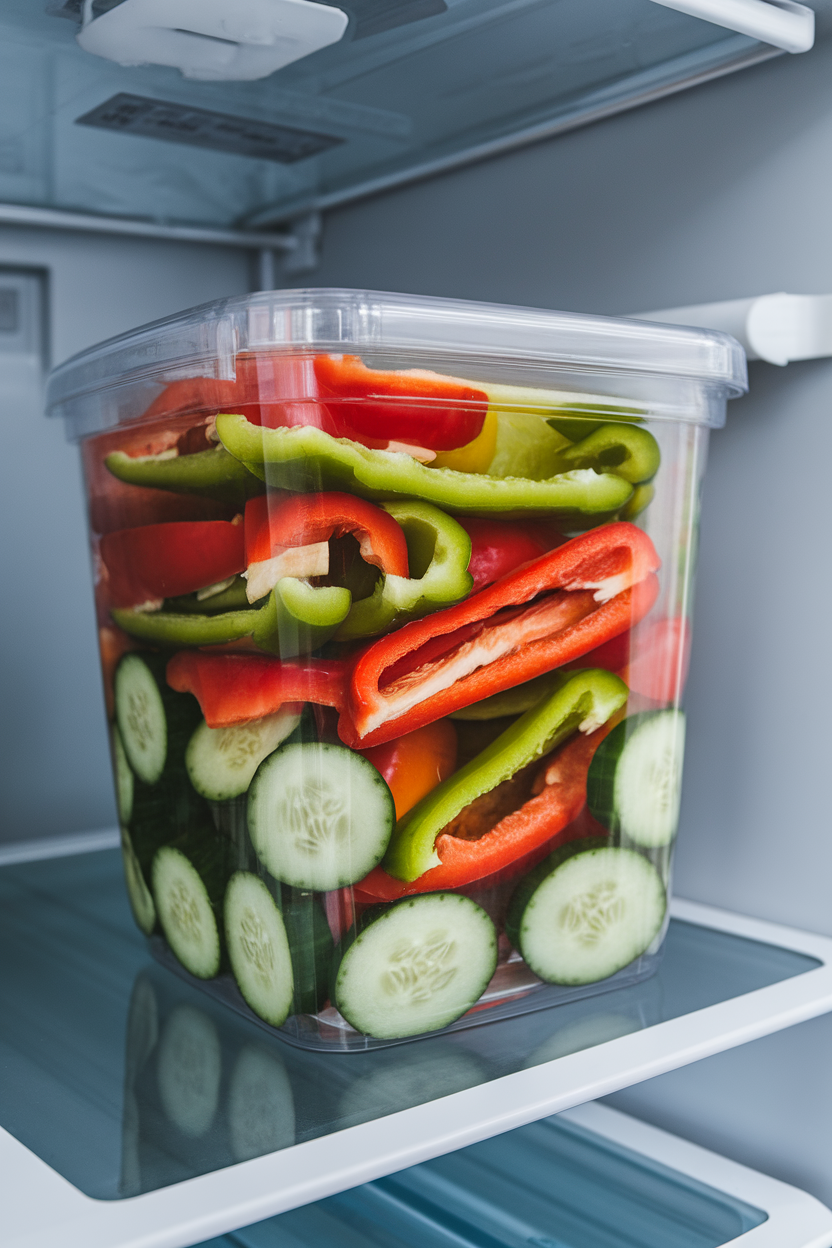
Prepping produce right after shopping makes healthy choices effortless. Visible, ready-to-eat veggies outcompete less nutritious snacks. Refresh cut edges with a quick rinse if they dry out.
34. Replace Soda with Sparkling Water

Carbonation satisfies the craving for fizz without the sugar crash. Add frozen fruit or a splash of 100% juice for flavor. Over time, your palate will prefer the lighter taste.
35. Use the “Palm, Fist, Thumb” Portion Guide
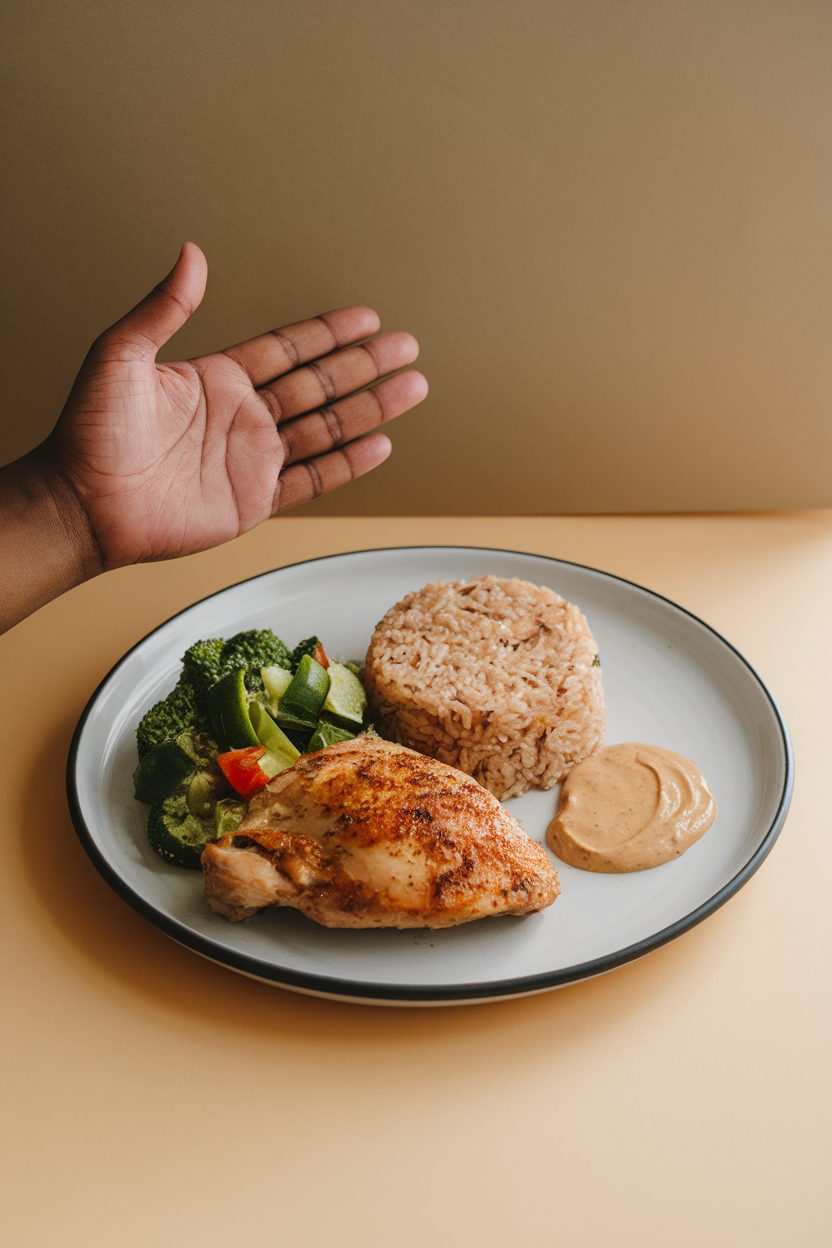
Your palm estimates protein, fist gauges carbs, and thumb measures fats. This easy visual tool helps balance macronutrients without scales. It adapts naturally to individual body sizes.
36. Swap Creamy Soups for Broth-Based Versions
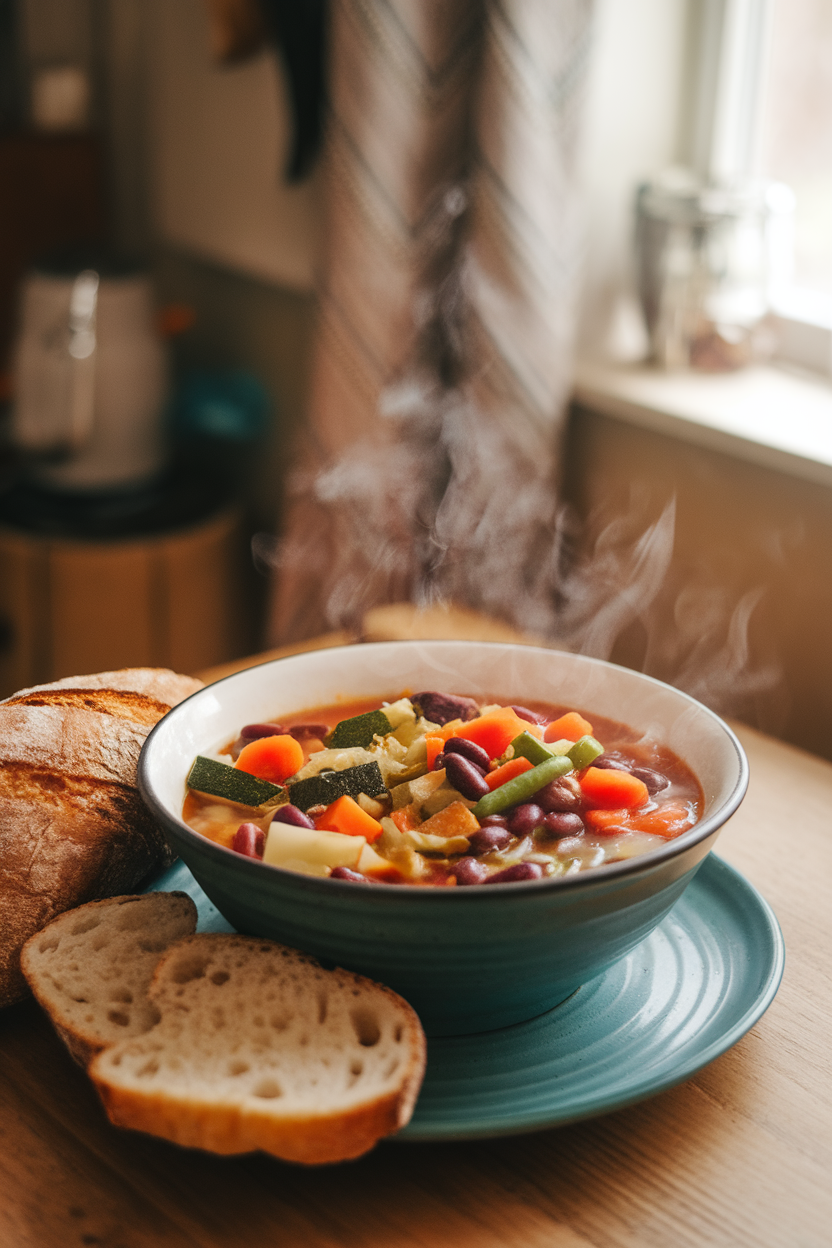
Broth-based soups deliver warmth and volume with fewer calories and saturated fats. Load them with beans, lean meats, and vegetables for a filling meal. If you miss creaminess, blend in a portion of the soup’s own beans or veggies.
37. Use Whole-Wheat Pasta

The extra fiber in whole-wheat pasta slows digestion and keeps you full longer. Pair with plenty of veggies and lean protein to round out the plate. Cook it al dente to preserve texture and nutrients.
38. Top Sandwiches with Leafy Greens
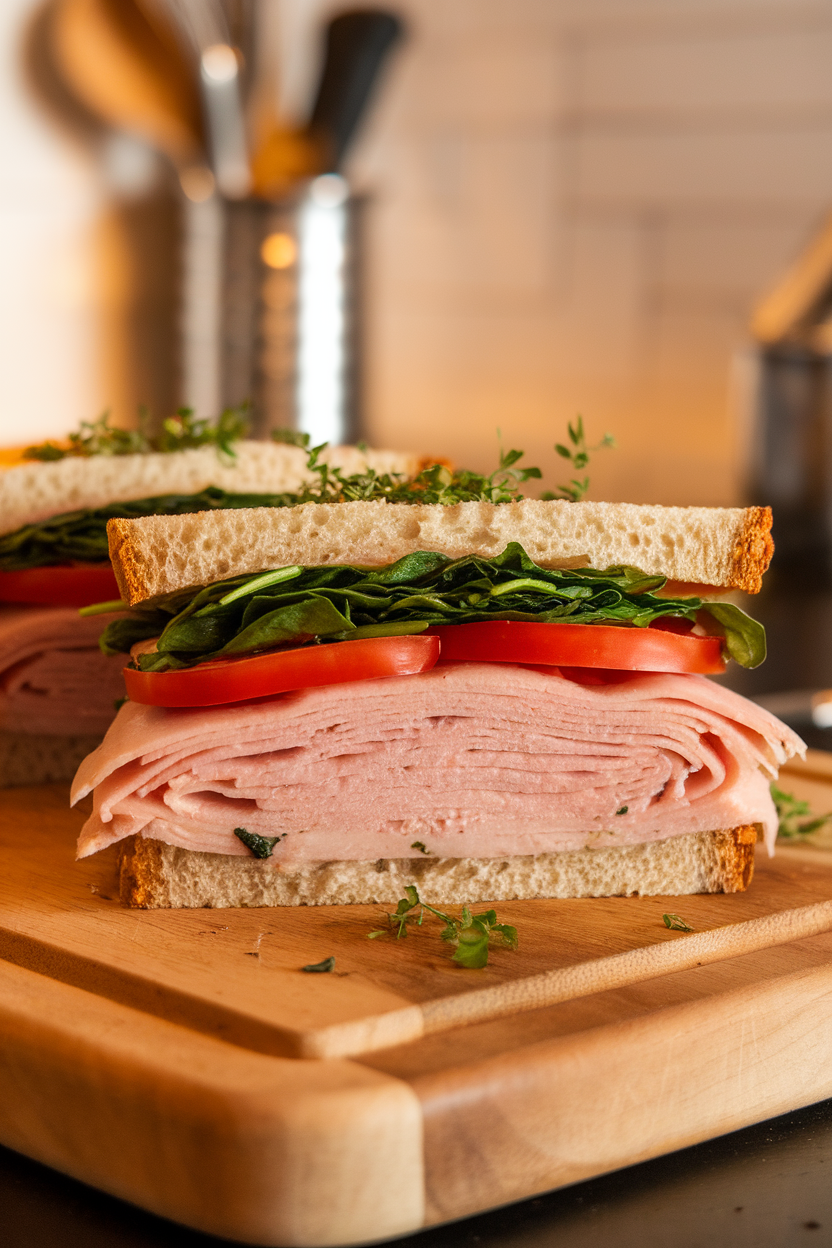
Adding spinach, arugula, or romaine boosts vitamins A and K without altering flavor dramatically. Crisp greens also add satisfying crunch. Pile them high—the volume helps satiety for few calories.
39. Skip “Fat-Free” Products Loaded with Sugar
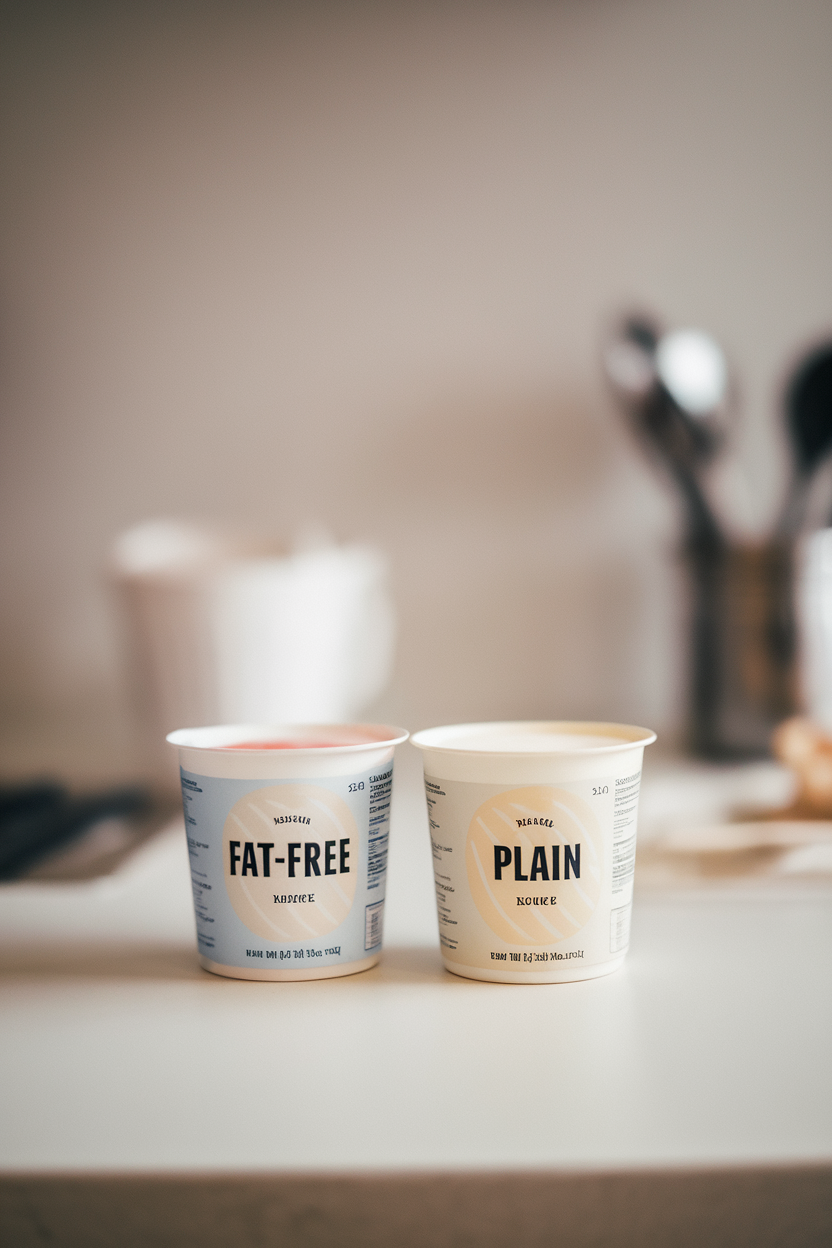
When fat is removed, companies often add sugar for flavor. Choose minimally processed versions with natural fat and control sweetness yourself. Moderate healthy fats improve texture and satiety.
40. Enjoy Homemade Popcorn Instead of Chips

Air-popped popcorn offers whole-grain fiber and crunch for a fraction of chips’ calories. Mist with olive oil spray and sprinkle herbs or nutritional yeast for flavor. Just three tablespoons of kernels expand into a generous serving.
41. Include a Source of Healthy Fat at Every Meal
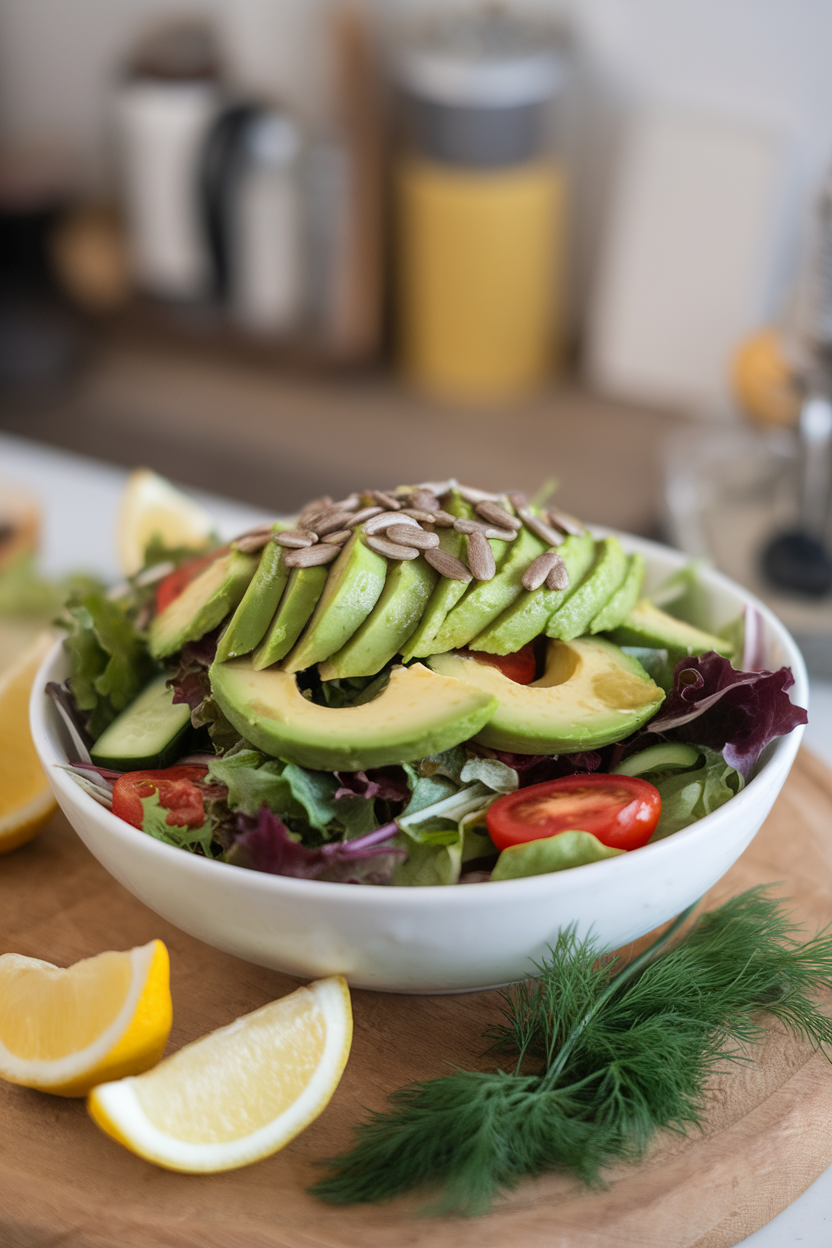
Healthy fats aid vitamin absorption and steady energy. Choose avocado, nuts, seeds, or olives to round out meals. Portion mindfully—a little goes a long way.
42. Marinate Proteins with Citrus and Herbs
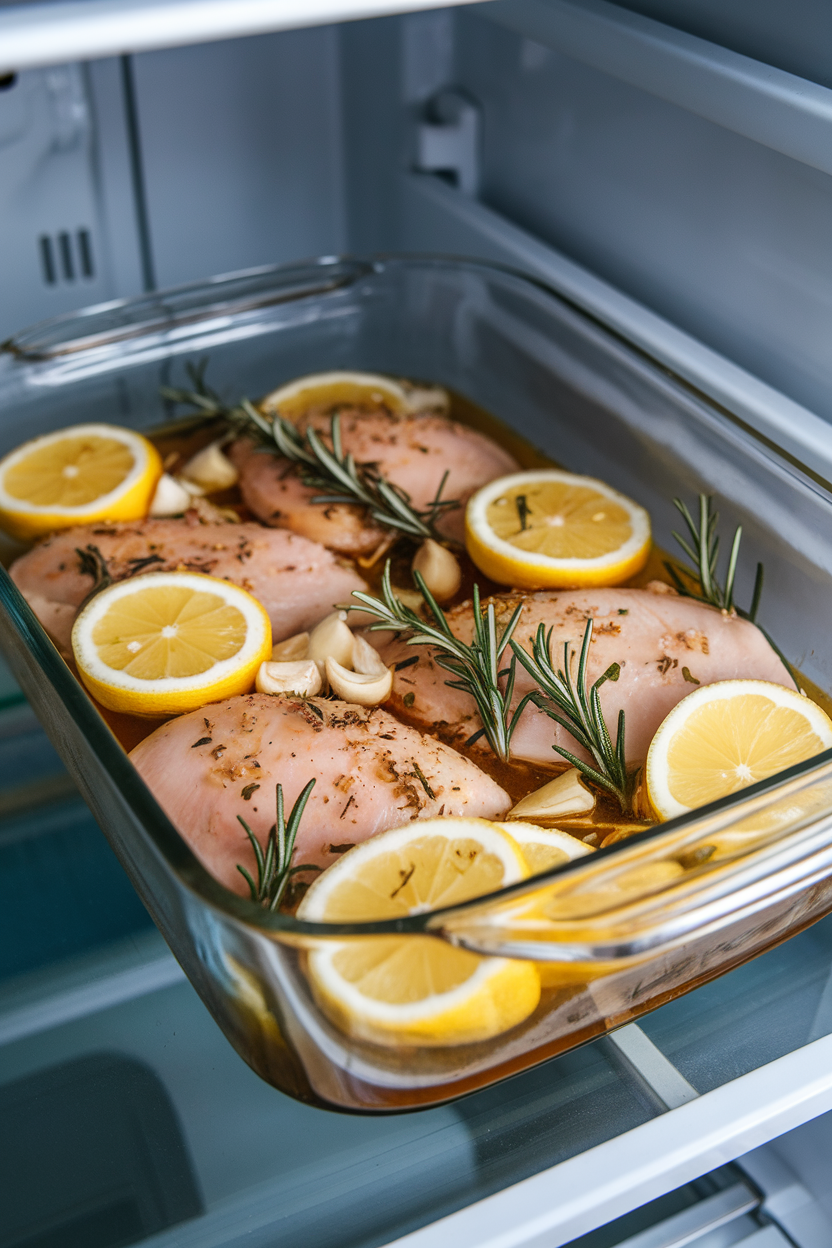
Marinating adds flavor without heavy sauces. Acidic citrus tenderizes meat while herbs contribute antioxidants. Even 30 minutes makes a noticeable difference.
43. Choose Plain Seltzer over Flavored Alcoholic Mixers

Sweet mixers quickly hike up sugar and calorie counts in drinks. Plain seltzer or club soda keeps cocktails lighter. Add fresh fruit or herbs for natural taste.
44. Mind Your Late-Night Snacks
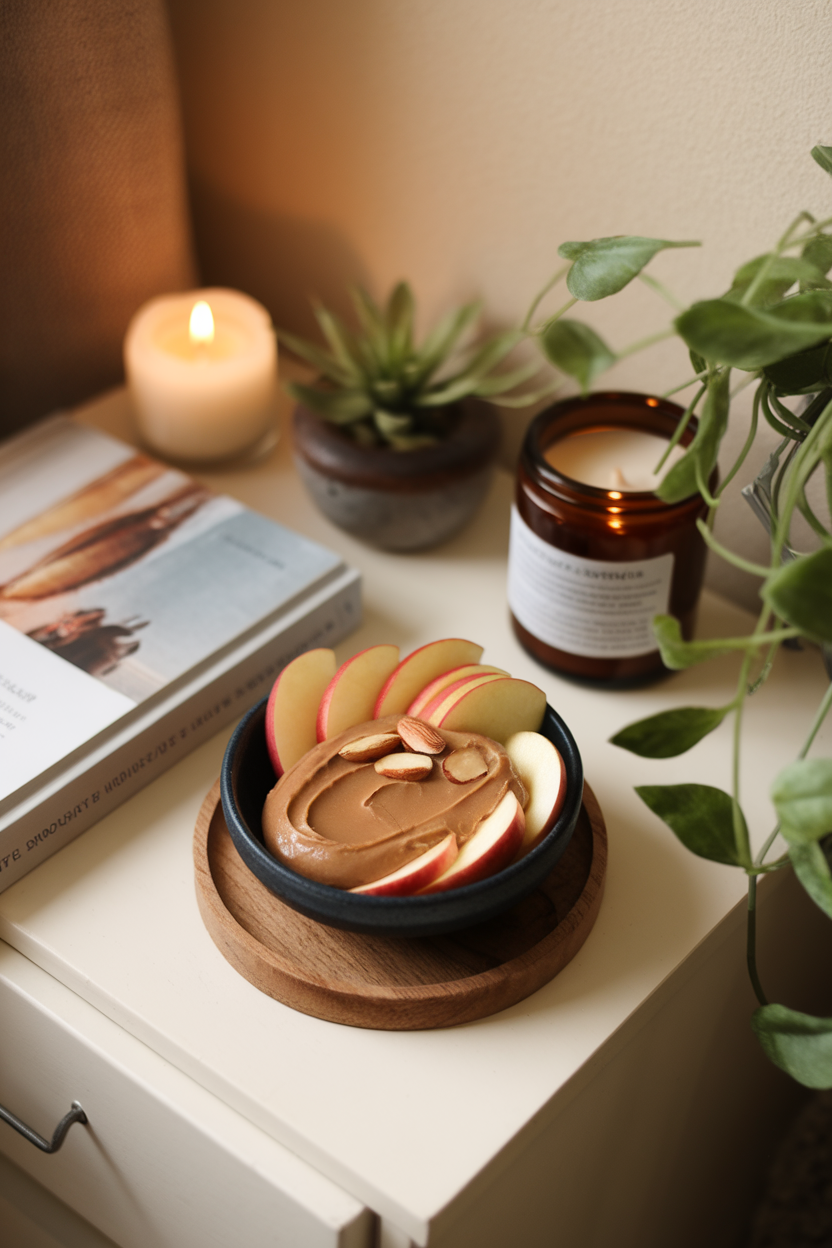
Late eating can disturb sleep and digestion. If hunger strikes, combine fiber and protein to feel satisfied without heaviness. Keep portions modest and avoid high-sugar treats that spike blood sugar.
45. Eat the Rainbow Over the Week
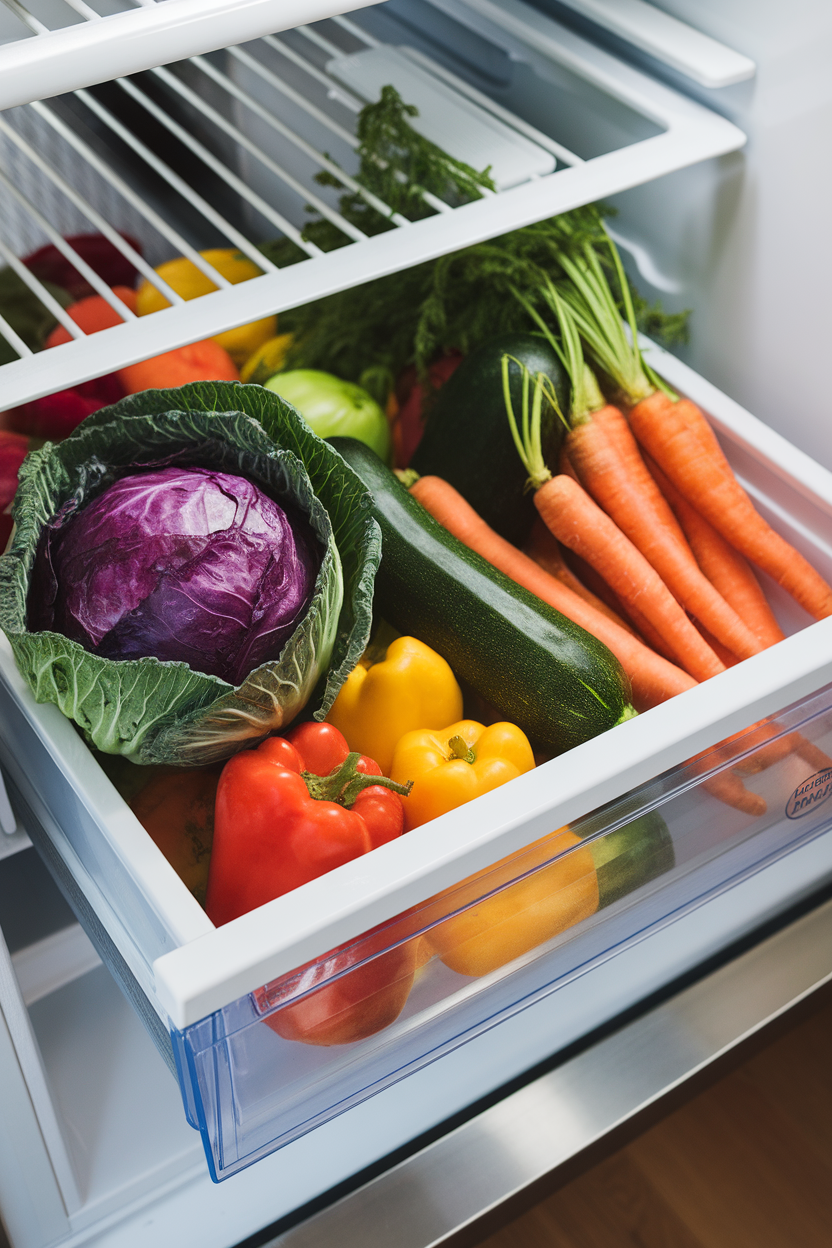
Different colors signal varied phytonutrients that work together for health. Track your hues on a whiteboard or phone to spot gaps. Make it a fun family challenge.
46. Pair Carbs with Protein or Fat
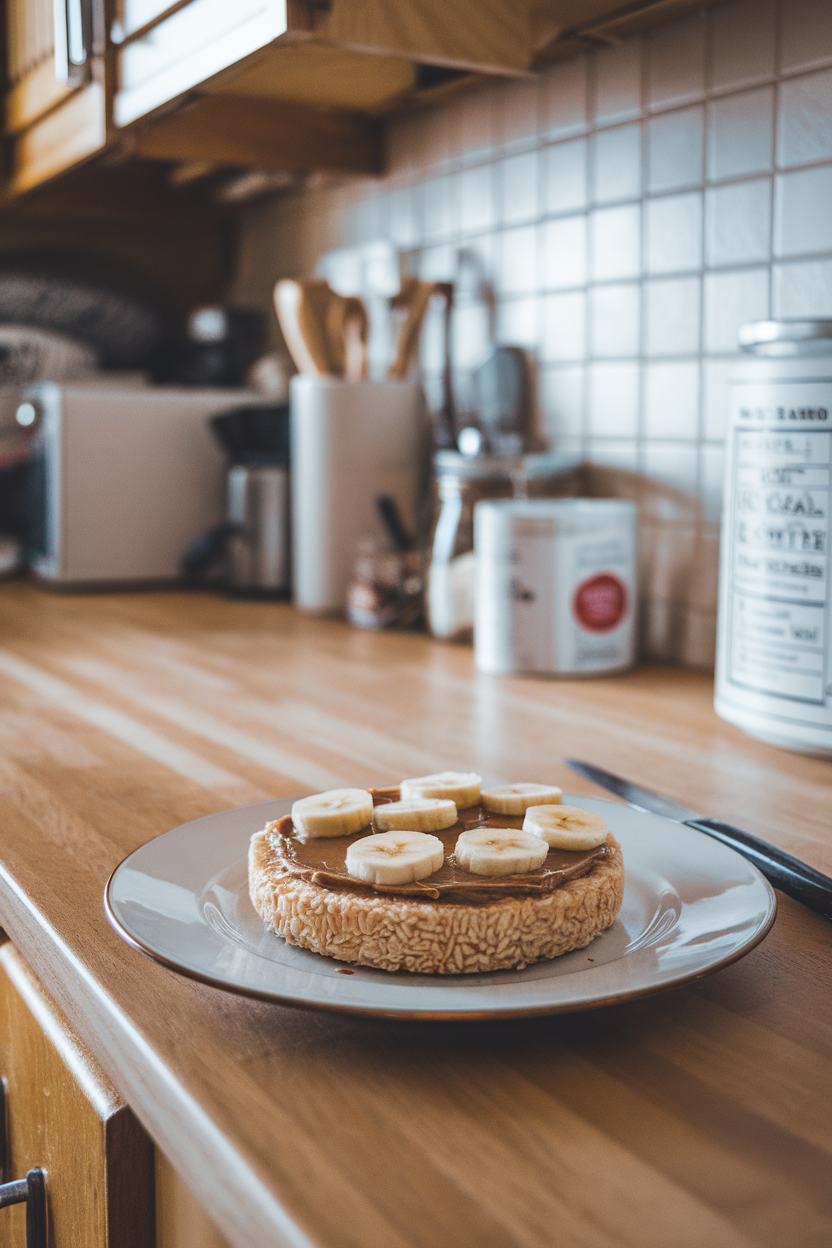
Balancing macronutrients slows blood-sugar spikes and prolongs fullness. Combine fruit with nuts or whole-grain toast with eggs for steady energy. Simple pairings can transform a snack’s impact.
47. Keep Sugary Breakfast Pastries for Special Occasions

Regular pastry breakfasts may trigger energy crashes by mid-morning. Saving them for weekends or celebrations maintains enjoyment without habit. Fill weekday mornings with protein and fiber instead.
48. Rinse Canned Beans
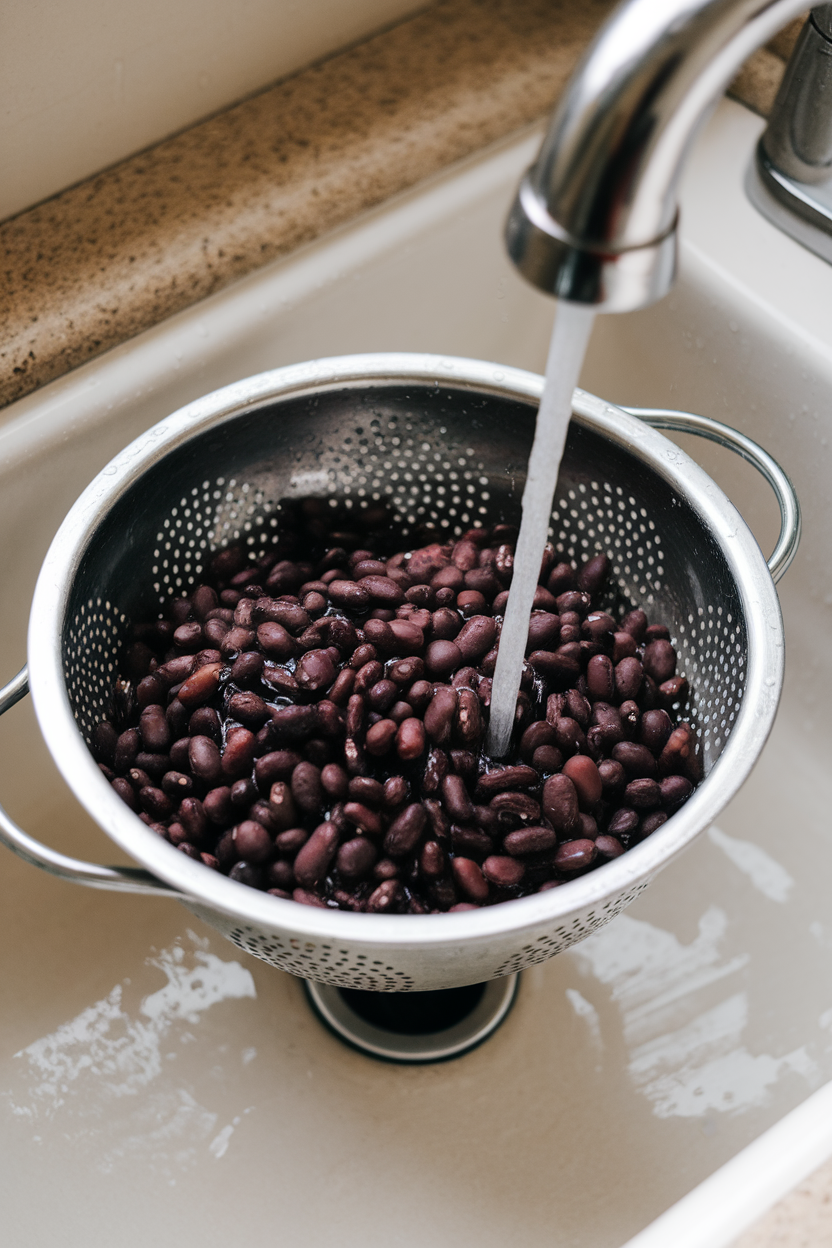
Draining and rinsing beans can cut sodium by up to 40%. They’re then ready for salads, tacos, or soups. Keep several varieties on hand for easy plant-based protein.
49. Practice “Fridge Foraging” Before Shopping
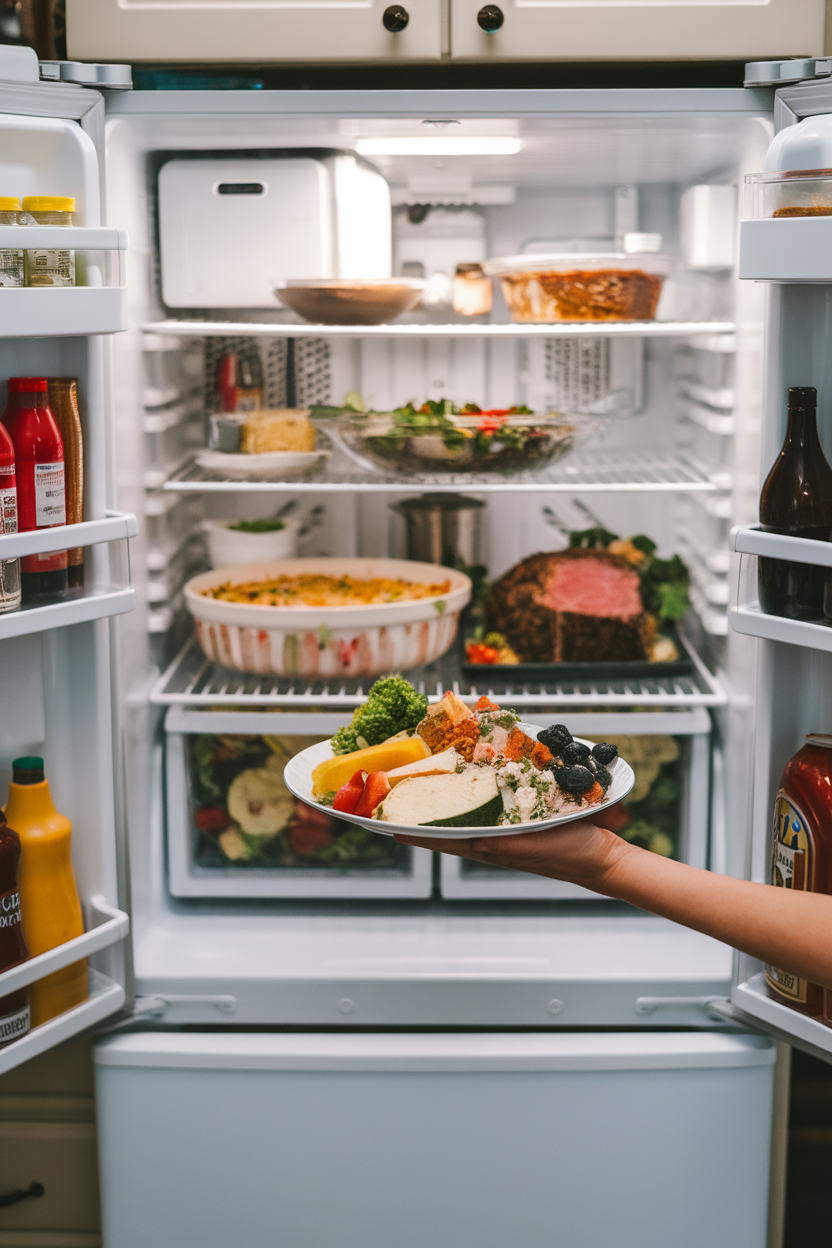
Using what you have reduces waste and encourages creativity. Combine small portions into grain bowls, omelets, or stir-fries. Shopping with an emptier fridge also makes list-making more accurate.
50. Season Grains with Broth Instead of Water
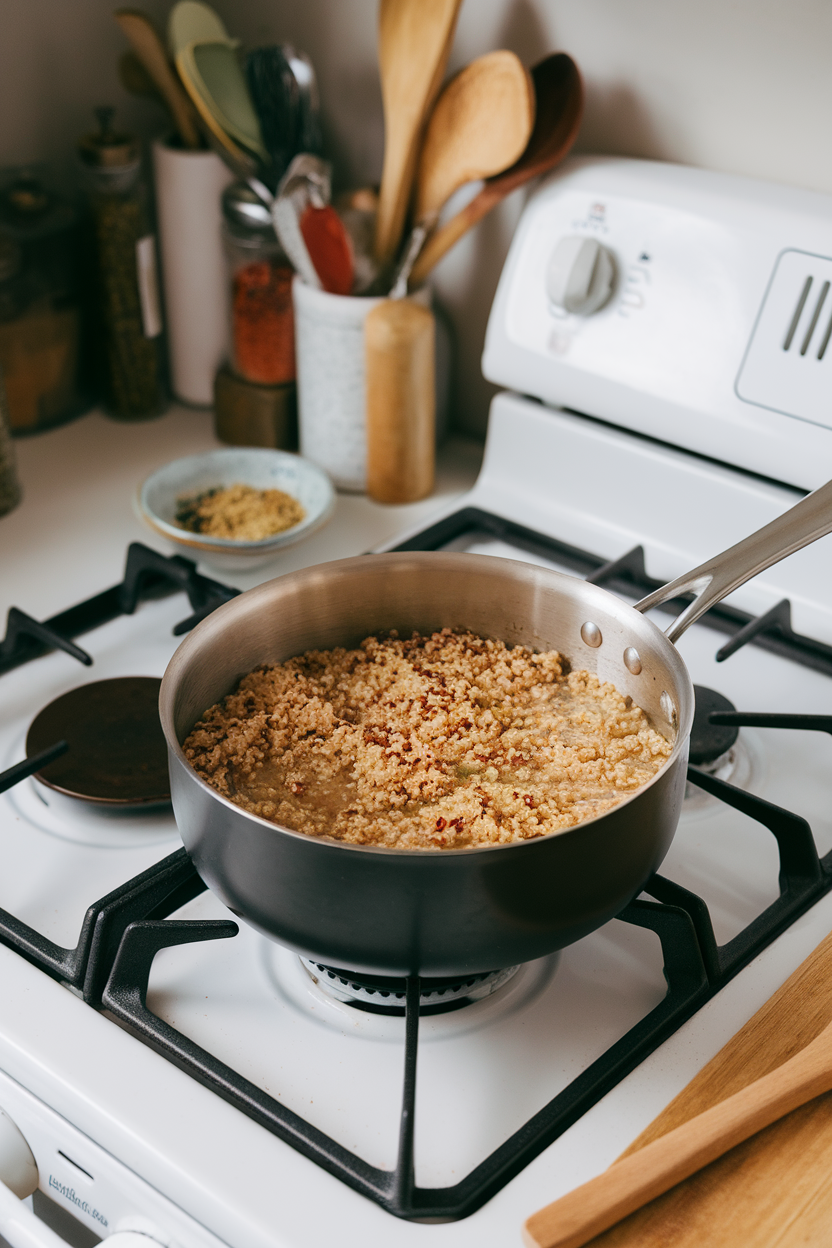
Cooking grains in low-sodium broth infuses flavor without added sauces. Homemade or boxed broths both work well. Stir in herbs at the end for an extra pop.
51. Stick to One Plate at Buffets

Decide you’ll fill one plate and skip second trips. Survey all options first, then choose favorites mindfully. This simple rule keeps portions reasonable amid endless choices.
52. Choose Steel-Cut Oats for a Heartier Texture
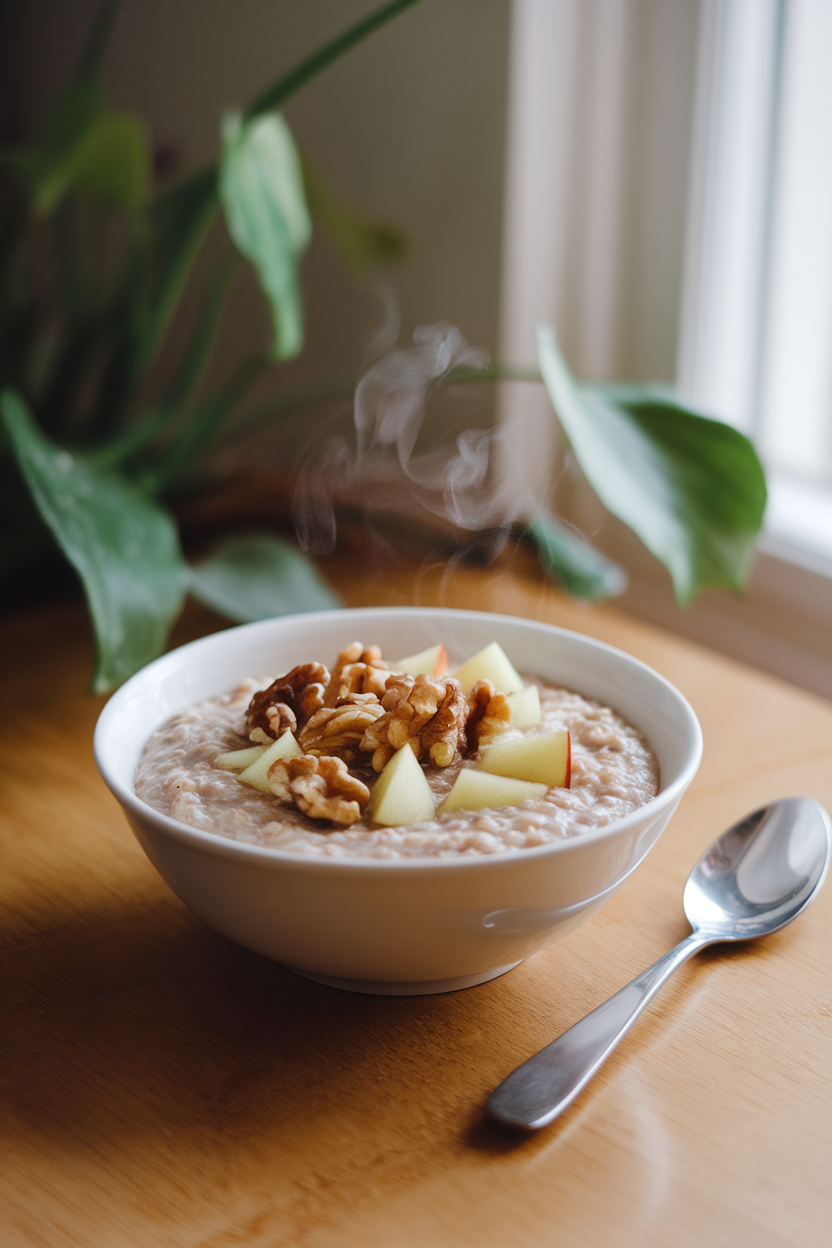
Steel-cut oats are less processed, offering a nutty bite and lower glycemic load. Cook a big batch in a slow cooker and reheat portions quickly. Dress with fruit, nuts, and a splash of milk for balance.
53. Rotate Your Greens
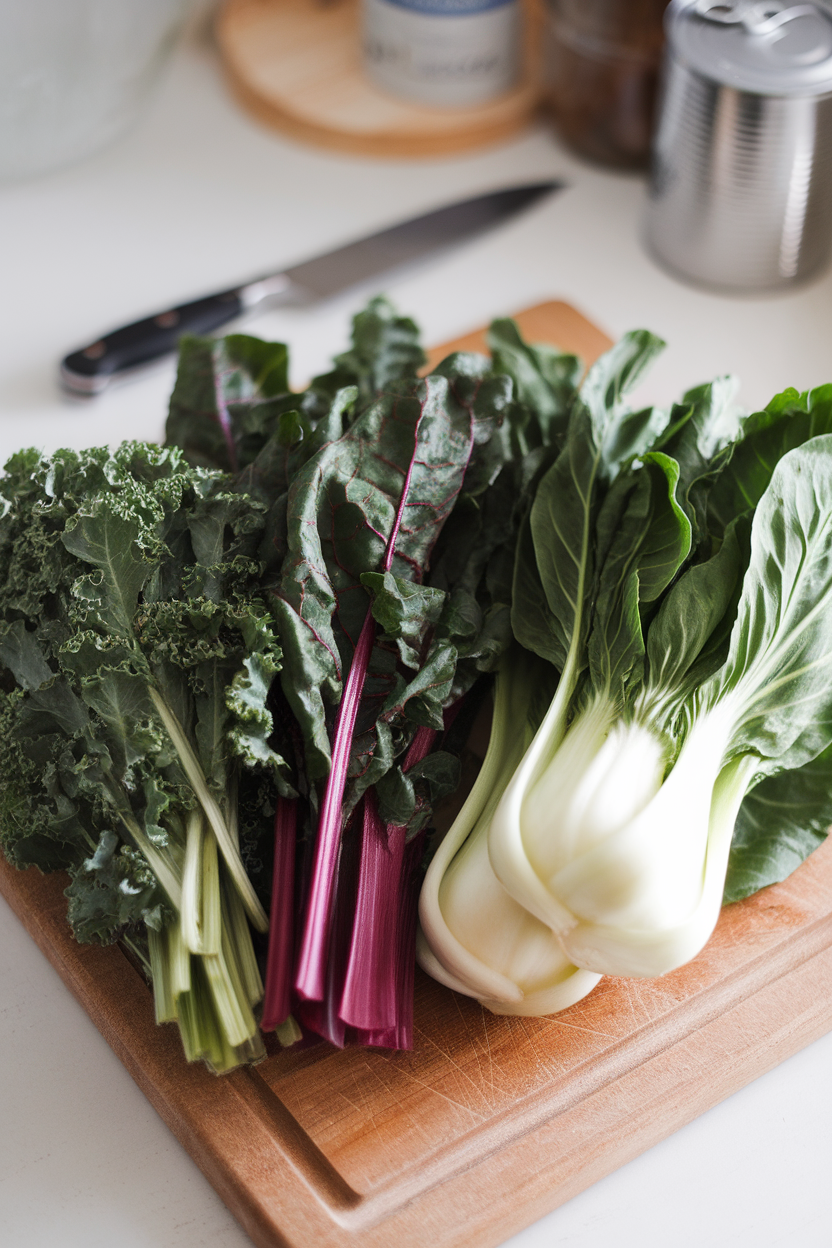
Different greens bring unique nutrient profiles and prevent flavor fatigue. Swap spinach for arugula in salads or blend kale into smoothies. Variety keeps meals exciting and micronutrients diverse.
54. Flavor Coffee with Unsweetened Cocoa

Unsweetened cocoa adds antioxidant-rich chocolate flavor without sugar. A pinch of cinnamon complements the blend. Gradually wean off sweeteners while enjoying a mocha-like taste.
55. Make Your Own Trail Mix
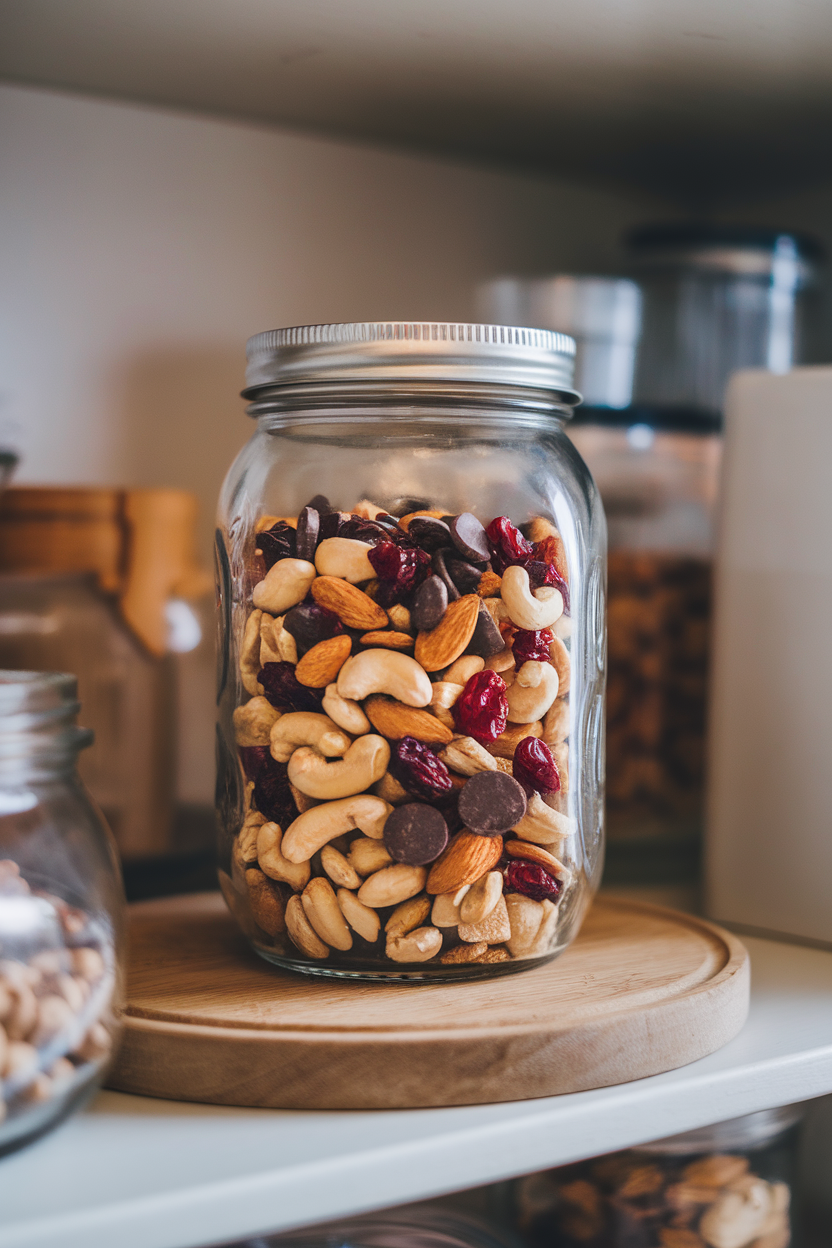
Store-bought mixes can contain excess sugar and salt. Combining raw nuts, unsweetened dried fruit, and a hint of dark chocolate lets you control ingredients. Portion into small bags for grab-and-go snacks.
56. Opt for Grilled Fish Twice a Week
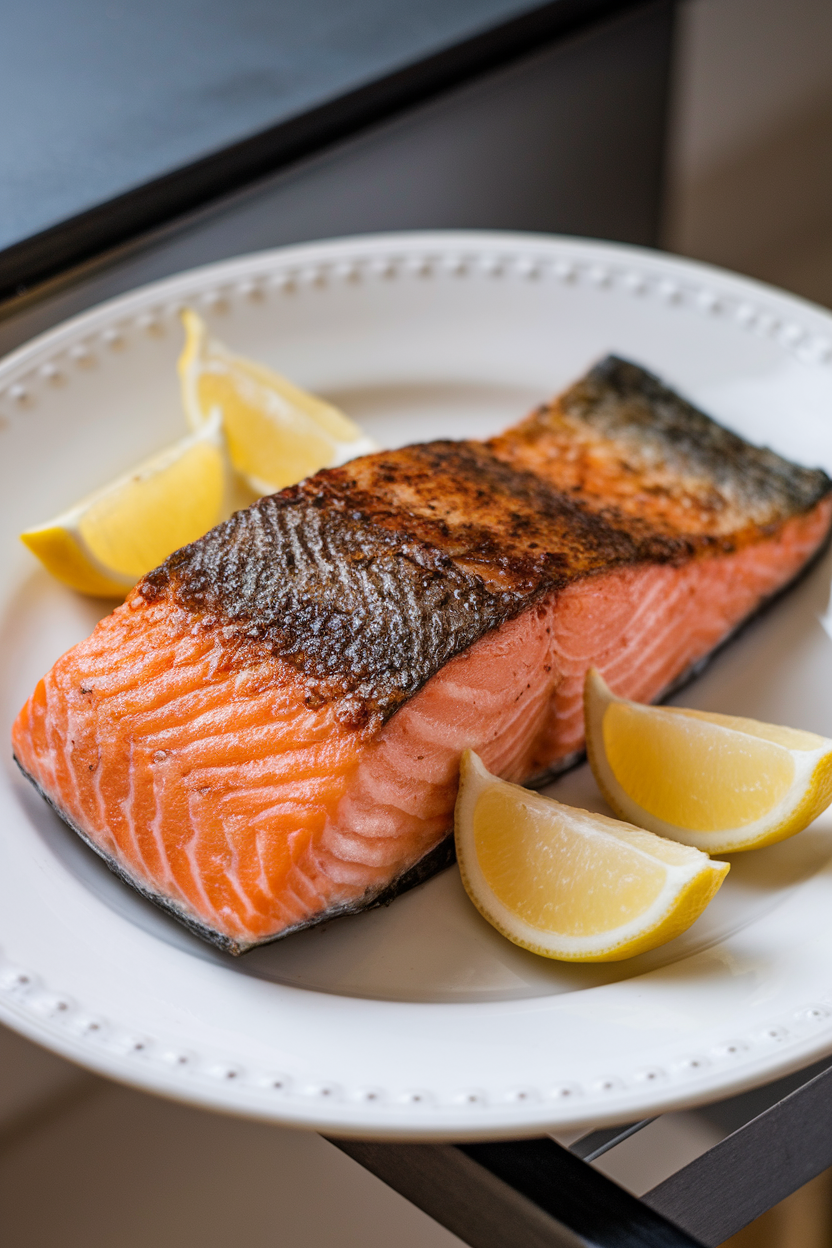
Fatty fish like salmon or sardines supply omega-3s that support heart and brain health. Season simply with herbs, citrus, and olive oil. Baking or grilling keeps preparation clean and quick.
57. Focus on Food, Not Numbers

Counting every calorie can become exhausting and detract from enjoyment. Prioritize food quality and hunger cues instead. Balanced, whole foods naturally guide healthy intake.
58. Choose Plain Nut Butter
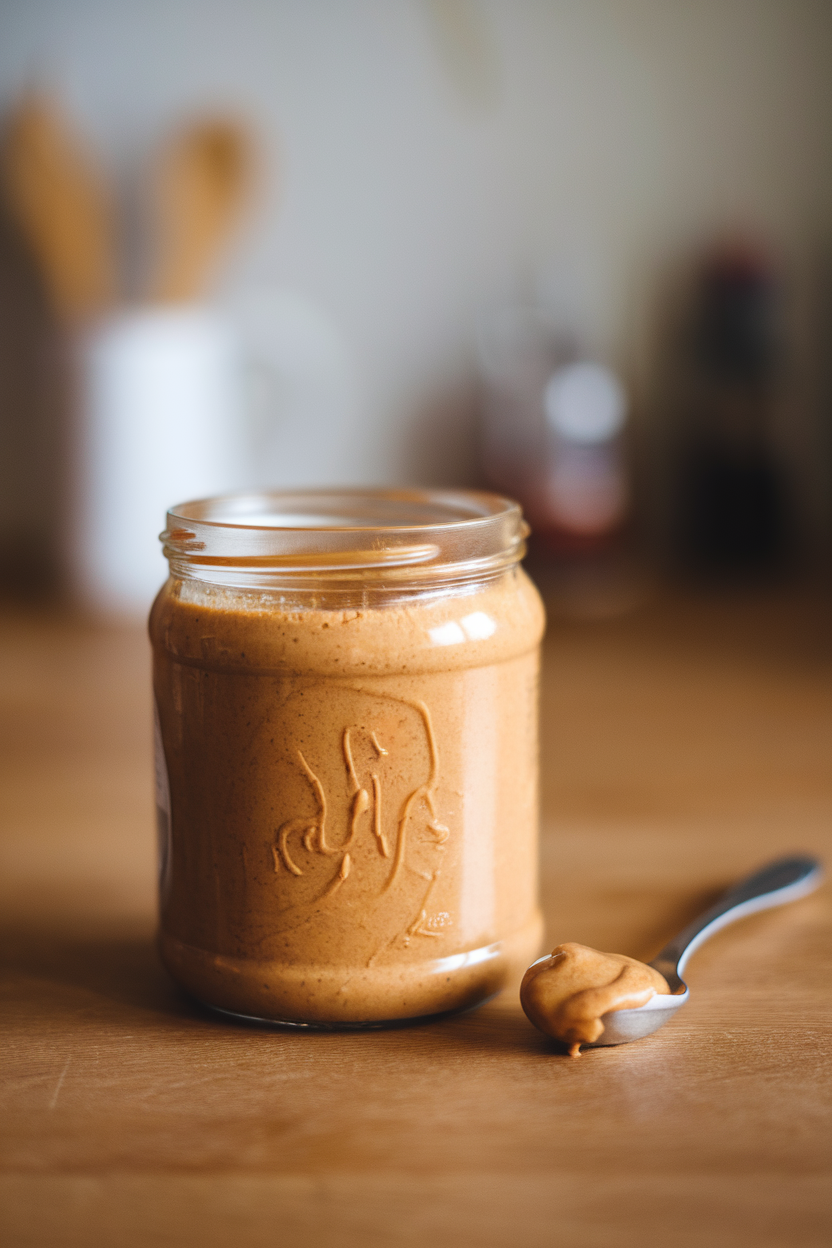
Many flavored nut butters contain added sugars and stabilizers. Look for ingredients lists that include only nuts and maybe salt. Stir before use and refrigerate to slow separation.
59. Replace Sugary Yogurt Parfaits with Fruit & Cottage Cheese
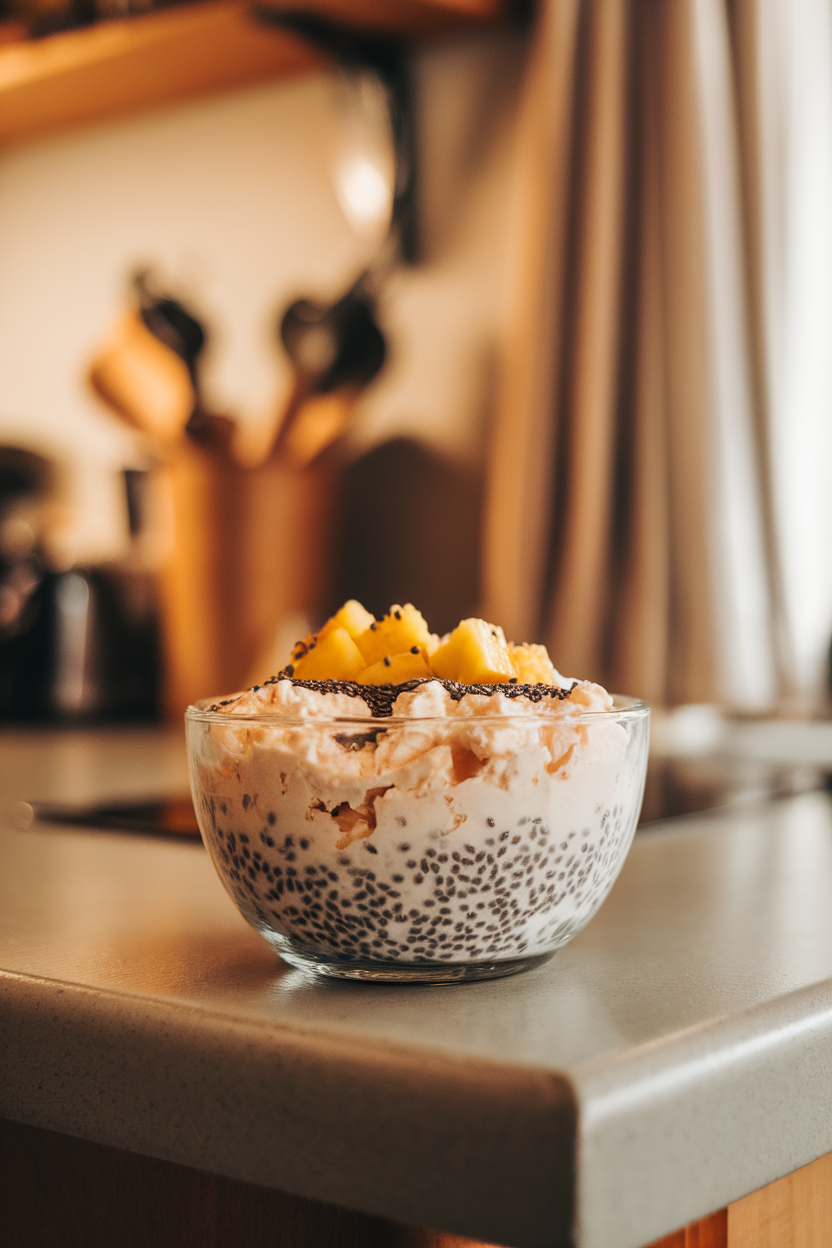
Cottage cheese provides high protein with lower sugar than flavored yogurt. Fresh fruit adds natural sweetness and Vitamin C. This combo keeps you full and supports muscle repair.
60. Grow Fresh Herbs on a Windowsill
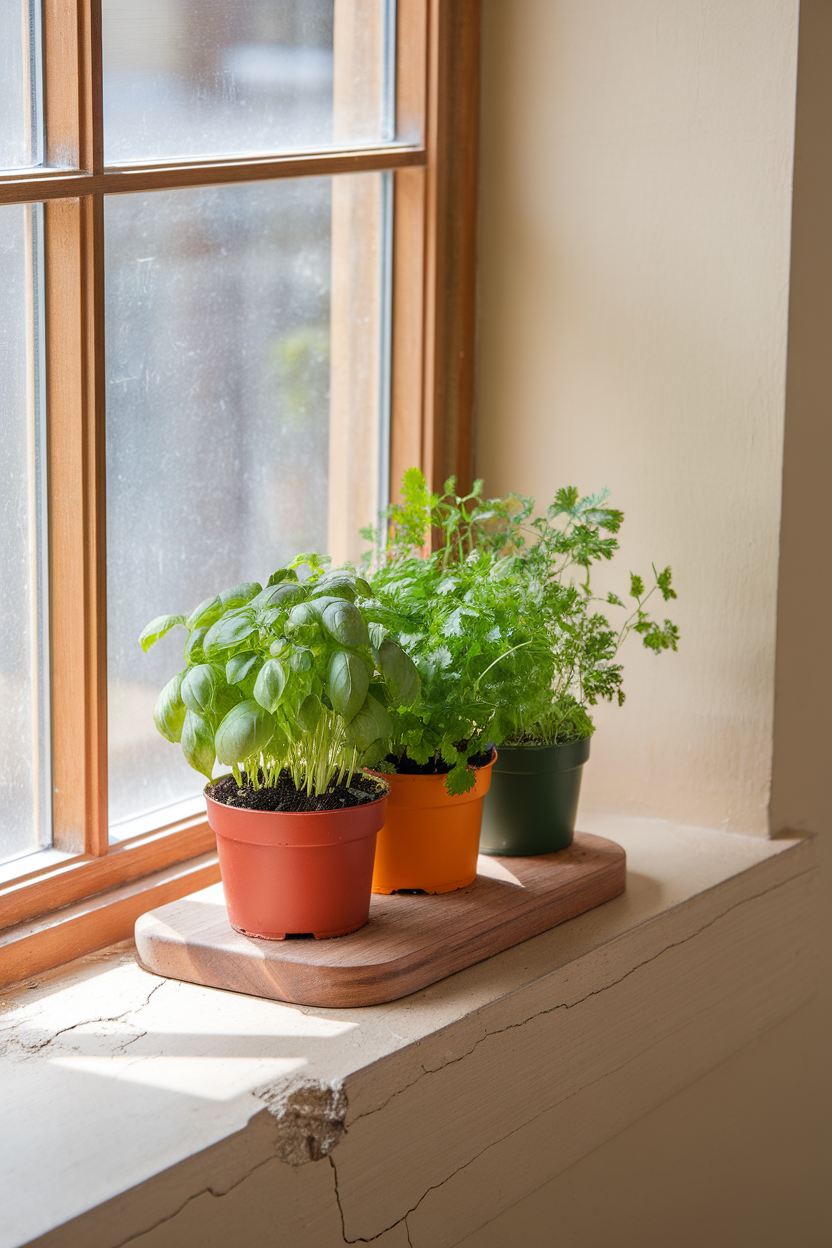
Having herbs within reach encourages frequent use and elevates flavor without salt. Snip just what you need, reducing waste. Even a tiny apartment can accommodate a pot or two.
61. Flavor Greek Yogurt as a Sour Cream Swap
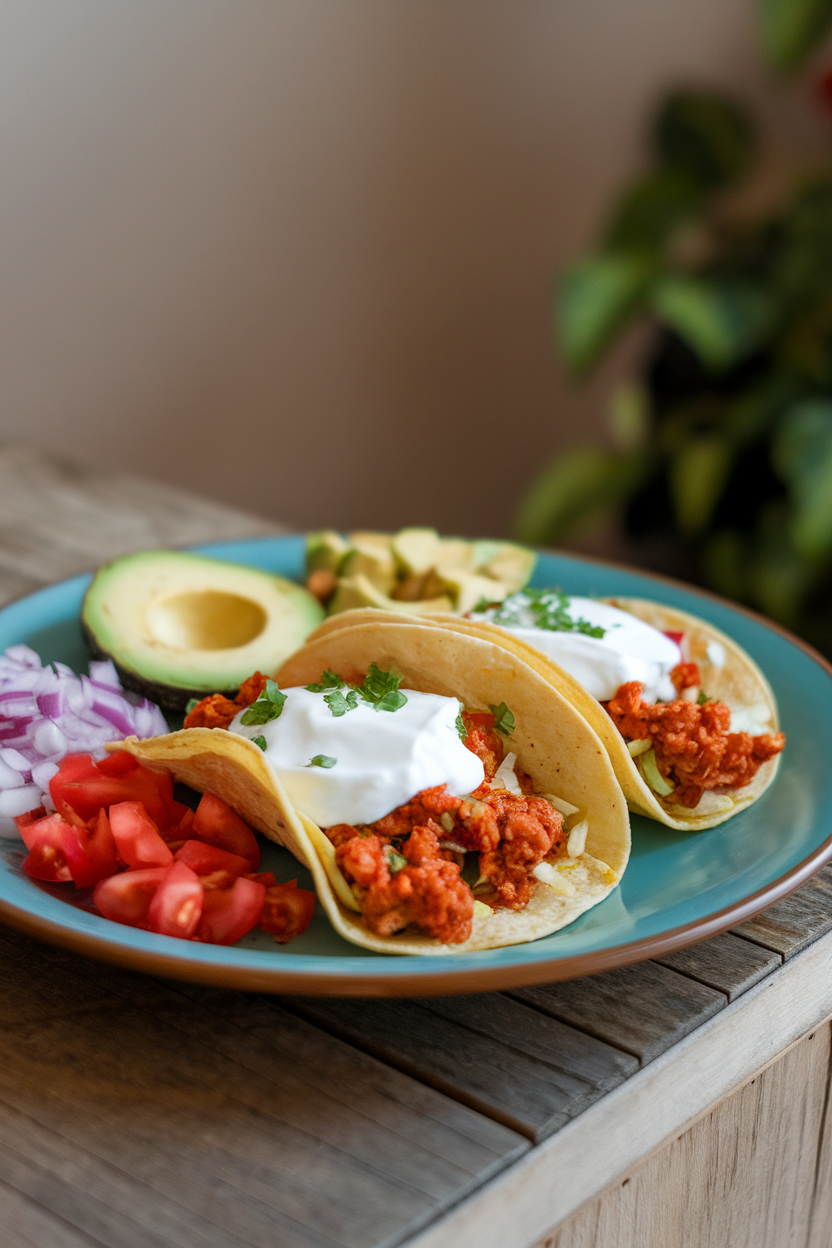
Greek yogurt mimics sour cream’s tang while cutting saturated fat and boosting protein. It works in dips, baked potatoes, and soups alike. Season with lime juice or herbs for extra zing.
62. Practice Sunday Meal Planning

Setting aside 20 minutes to map the week prevents last-minute takeout decisions. Check what’s already on hand, schedule easy dinners for busy nights, and prep ingredients in advance. Consistency saves money and stress.
63. Choose Unsweetened Plant Milks

Many plant milks hide added sugars that creep into daily totals. Unsweetened varieties keep beverages and cereals balanced. Fortified options also add calcium and vitamin D.
64. Blend Vegetables into Sauces
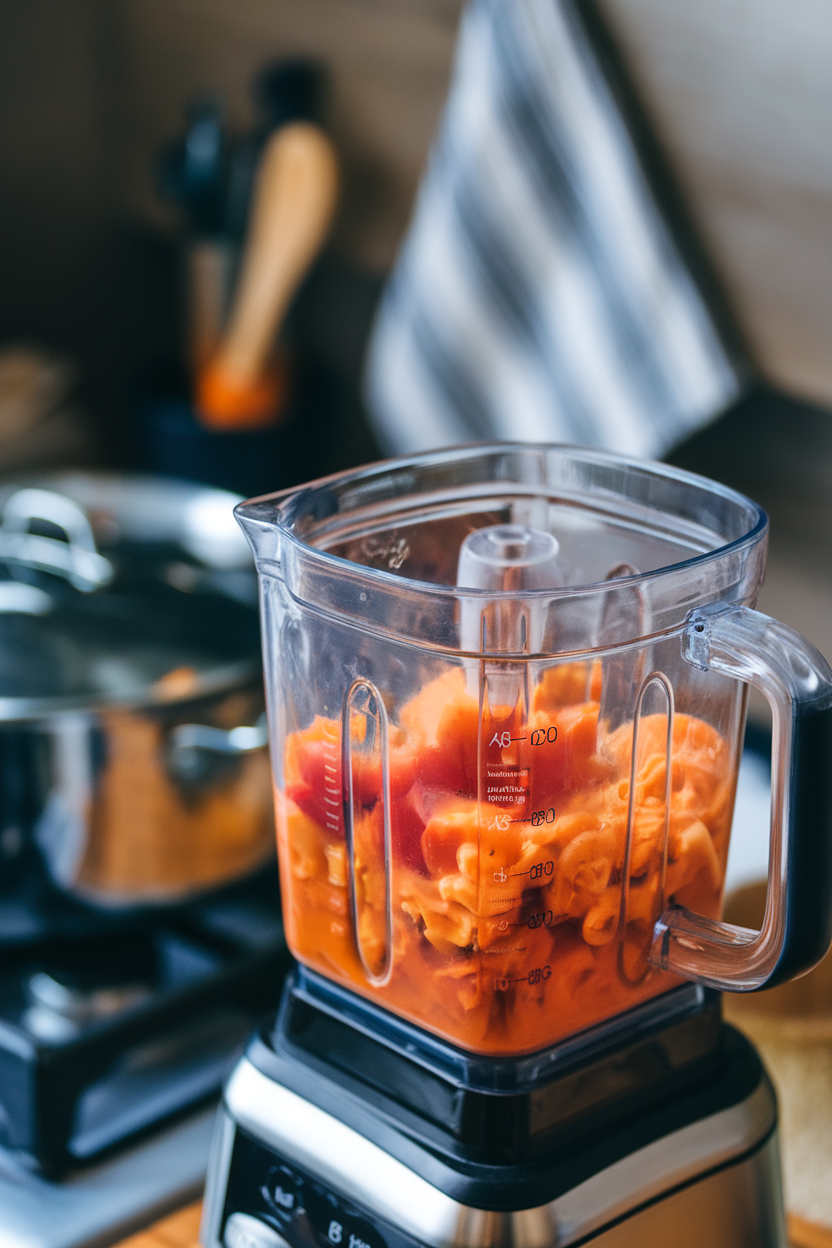
Puréed vegetables thicken sauces naturally and sneak extra nutrients into family meals. Carrots, squash, and cauliflower blend seamlessly into marinara or cheese sauces. Even picky eaters often can’t tell the difference.
65. Celebrate Progress, Not Perfection

Clean eating is a journey built on consistent, realistic habits, not rigid rules. Acknowledge small wins—like adding an extra serving of vegetables—rather than dwelling on slip-ups. Positive momentum fuels lasting change and sustained energy.
Nathaniel Lee is an avid cook, drawing on his decades of home cooking and fine dining experience. He is a contributing chef at Mashed, and his recipes and contributions have been featured in Tasting Table, Edible Arrangements, Insanely Good Recipes, and The Daily Meal.
